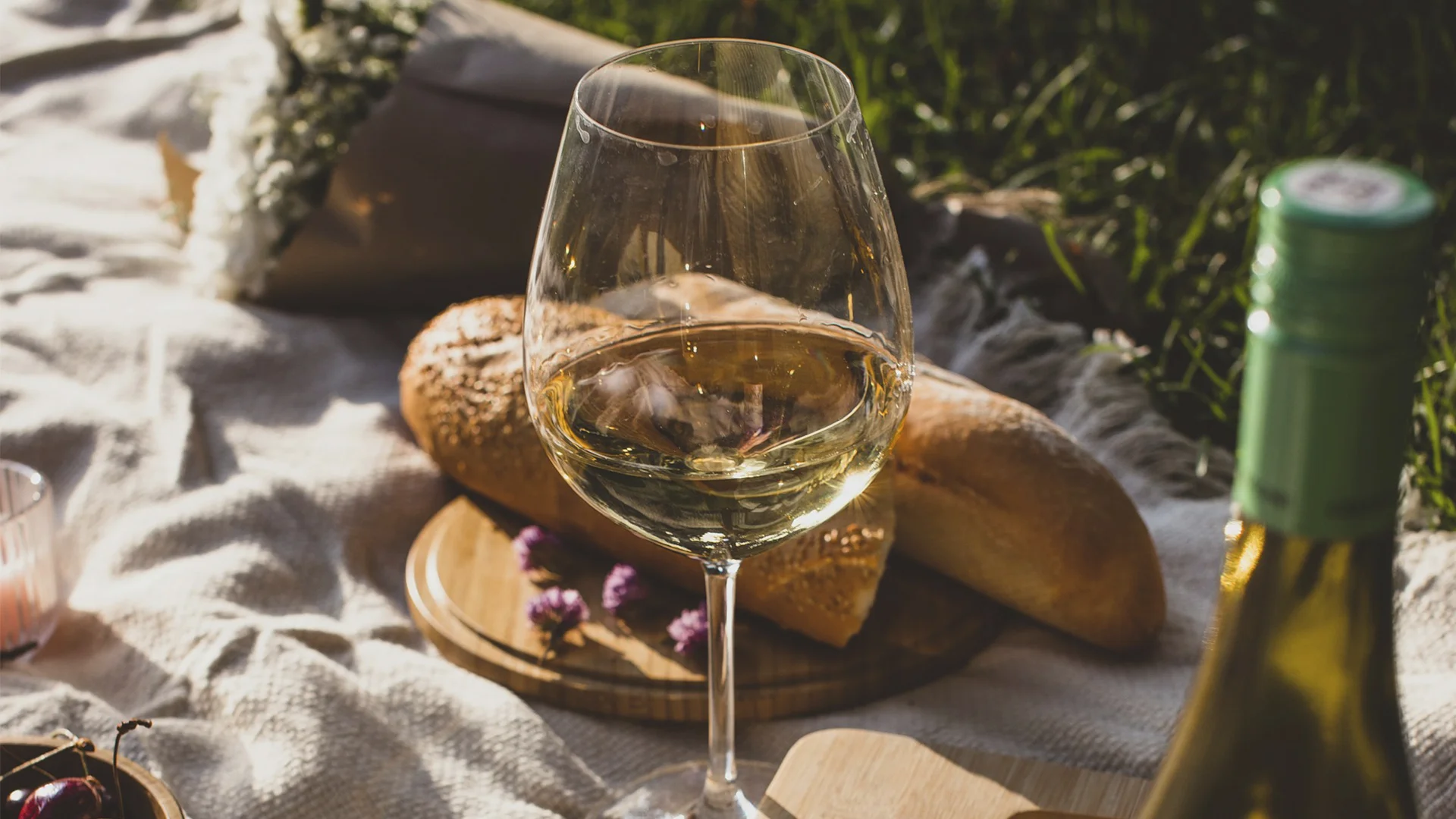
Some wines whisper, Pálava sings. Born in the Czech Republic as a cross between Gewürztraminer and Müller-Thurgau, the Pálava grape was discovered by Josef Veverka as a new grape variety. This distinctive grape variety is golden in the glass and explosive on the nose, with notes of lychee, rose petals, honey, and spice.
Unlike global workhorses like Chardonnay or Sauvignon Blanc, the Pálava grape is a local rebel, produced in small quantities almost exclusively in its homeland of Moravia. Rare, seductive, and unapologetically aromatic, it’s the kind of wine that turns a tasting into a conversation.
Every once in a while, the wine world throws up a curveball: a grape that seems too small, too local, too niche to matter—until you taste it. Pálava is exactly that.
Developed in 1953 at the Vine Research Centre in Velké Pavlovice, in the heart of Moravia, Czech Republic, Pálava is the result of crossing Gewürztraminer (the extroverted aromatic diva of Alsace) with Müller-Thurgau (a hardy, workhorse grape designed for cool climates). The man behind this crossing, Ing. Josef Veverka, wasn’t looking for fame. He was looking for practicality: a grape that could thrive in local conditions while delivering something distinctive in the glass. The Pálava grape is carefully cultivated in Moravia and was officially registered as a variety, becoming a symbol of Moravian winemaking and an important part of the country's wine heritage.
What he created was a grape that doesn’t whisper, it sings. Golden-yellow wines, with heady aromatics of lychee, rose petals, honey, and spice, framed by a gentle sweetness and silky texture. Unlike its parents, Pálava is not widely planted. Its spread remains limited, albeit with some cultivation outside its homeland, primarily in the Mikulov subregion of Moravia, which accounts for 45% of its production area in the Czech Republic, with a scattering of vineyards in Slovakia. Yet scarcity is part of its appeal: Pálava is the Czech Republic’s vinous calling card, an insider’s secret that rewards those who discover it.
If Chardonnay is the safe corporate hire and Sauvignon Blanc the disruptive startup founder, Pálava is the bohemian artist: captivating, polarizing, and utterly impossible to ignore.
The winemaking philosophy for Pálava is one of aromatic preservation and structural balance. Because the grape naturally develops a high sugar content, choices around residual sugar vs. fermentation to dryness are crucial, as sugar content directly influences the style and character of the finished wine.
In winemaking terms, Pálava is a tightrope act: too much residual sugar, and it risks becoming cloying perfume; too little, and you lose the very lushness that makes it compelling. The best versions manage a harmony of aromatics, sweetness, acidity, and structure.
Pálava is a wine that demands attention. It is not the kind of white you sip distractedly while checking your phone.
Think of Pálava as the perfume counter at a luxury department store—heady, layered, sensorially overwhelming. But unlike perfume, this you actually want to drink.
Pálava succeeds where other wines fail: it thrives with spicy, sweet, or exotic cuisines that make Sauvignon Blanc or Chardonnay fall apart. Pálava is particularly suitable for pairing with a wide range of cuisines, especially those that challenge other wines.
👉 Rule of thumb: Pálava pairs with contrast and complement. Its sweetness balances spice; its florality complements fruit-driven dishes. It’s the Swiss army knife of pairings for cuisines that intimidate traditional European wines.
Pálava is intimately tied to the Czech Republic’s Moravia wine region, especially the Mikulov subregion, where limestone soils and warm, south-facing slopes create ideal growing conditions. Wines from certain villages may exhibit special attributes, such as increased complexity or unique flavour profiles, reflecting the influence of terroir and specific vineyard conditions.
Key villages: Perná, Pavlov, Bulhary, Lechovice, Popice, Čejkovice
Terroir influence:
Subregion/Village matrix:
Unlike Riesling or Chardonnay, which thrive in dozens of regions globally, Pálava is essentially terroir-locked. Its identity is inseparable from Moravia, giving it the allure of place-based exclusivity.
Cellaring potential:
Pálava is not meant to be forgotten in a cellar for decades like Riesling or Bordeaux. It is best enjoyed while its aromatics are alive and vibrant.
Pálava sits in a family of aromatic white wines but with its own twist.
Wine comparisons:
Analogy: If Riesling is a classical symphony and Gewürztraminer is opera, then Pálava is jazz improvisation: seductive, surprising, sometimes inconsistent, but unforgettable when done right.
Pálava’s limited footprint has made sustainability more achievable than in industrial regions.
Opportunity: Pálava is poised to be a poster child for sustainable Central European wine, embodying local authenticity + low environmental impact.
Pálava is not just a wine. It’s a statement. In a world dominated by Chardonnay and Sauvignon Blanc, it is proof that small, local varieties can punch far above their weight.
For sommeliers, Pálava is a conversation weapon. The kind of wine that makes diners lean forward and ask, “Wait, what is this?” For consumers, it’s a reminder that wine is about discovery, not conformity.
If Riesling is the global consensus, Pálava is the Czech rebellion: aromatic, unapologetic, and fiercely tied to place.
It may never conquer supermarket shelves worldwide. Maybe that’s the point. Pálava is not for everyone. But for those willing to leave the beaten path, it offers a deeply rewarding glimpse into the soul of Moravia.

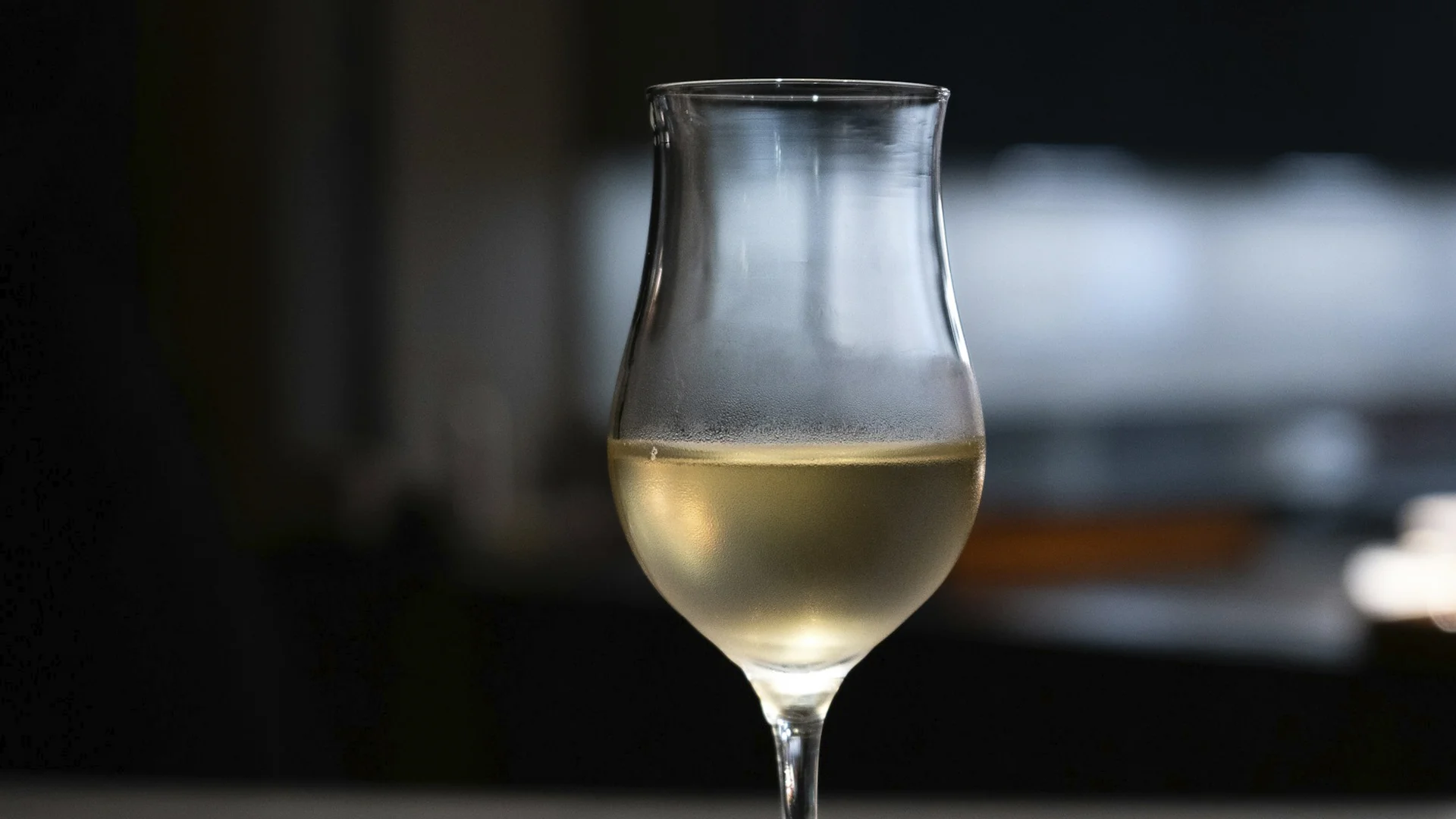
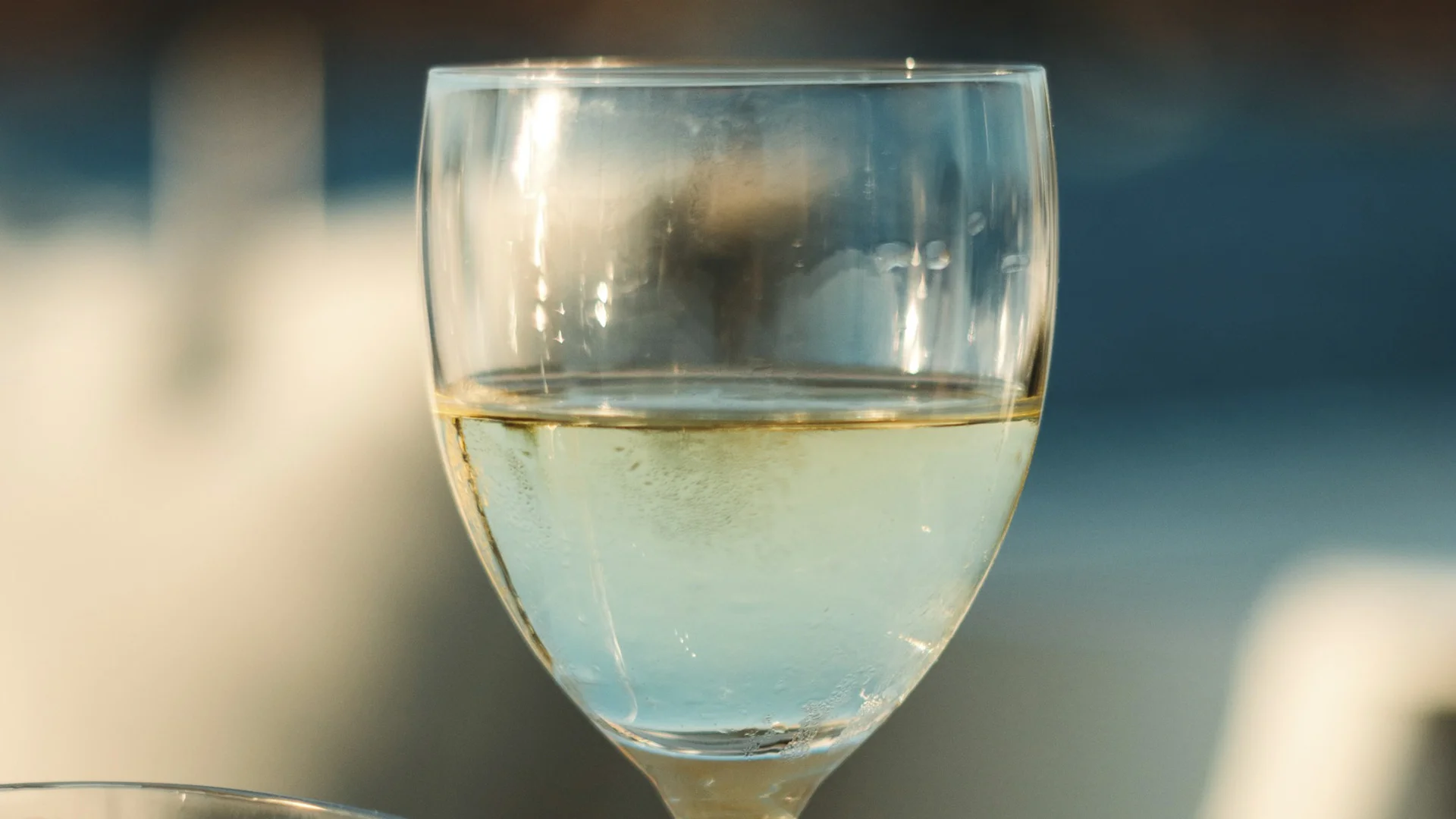
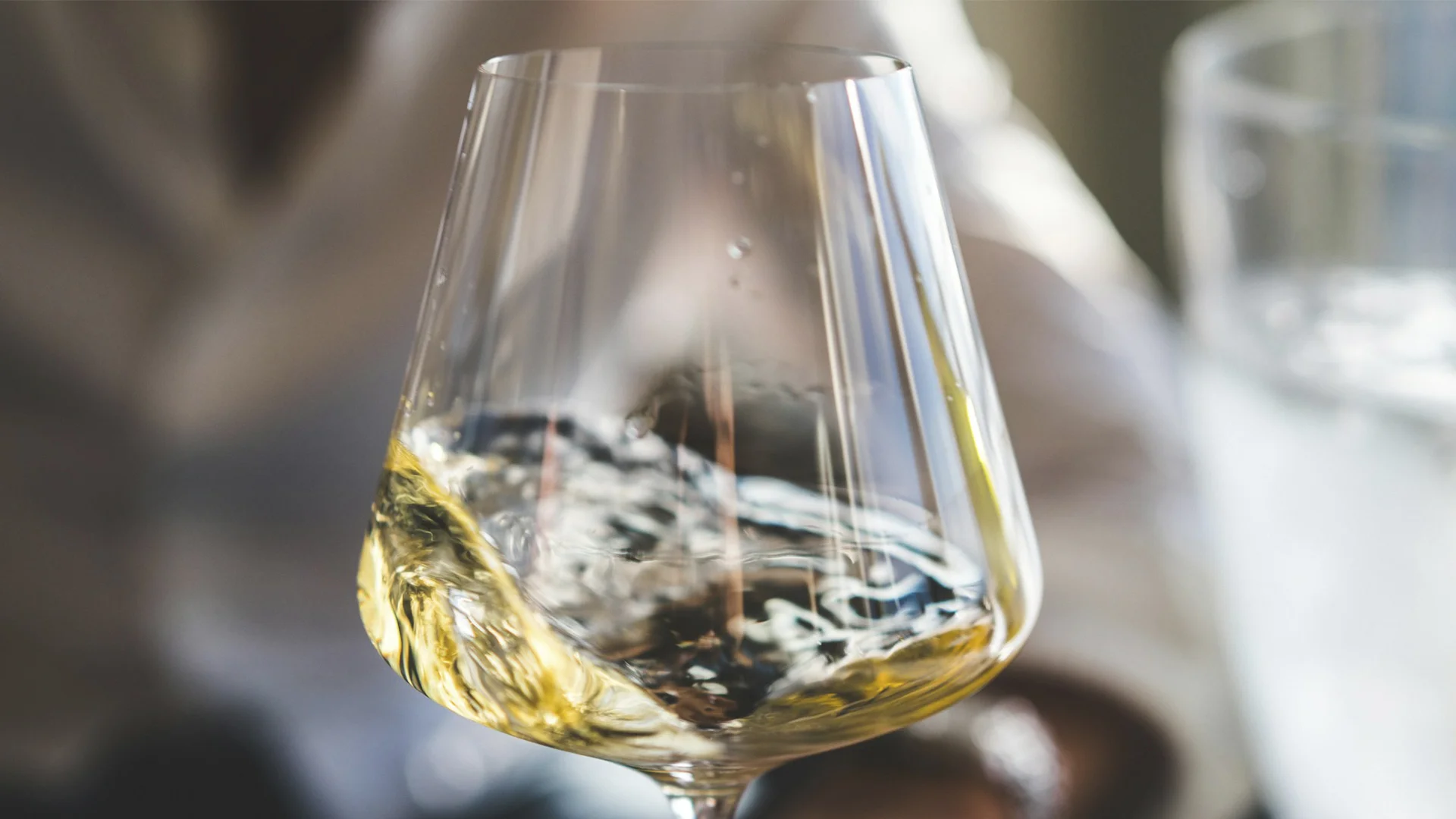
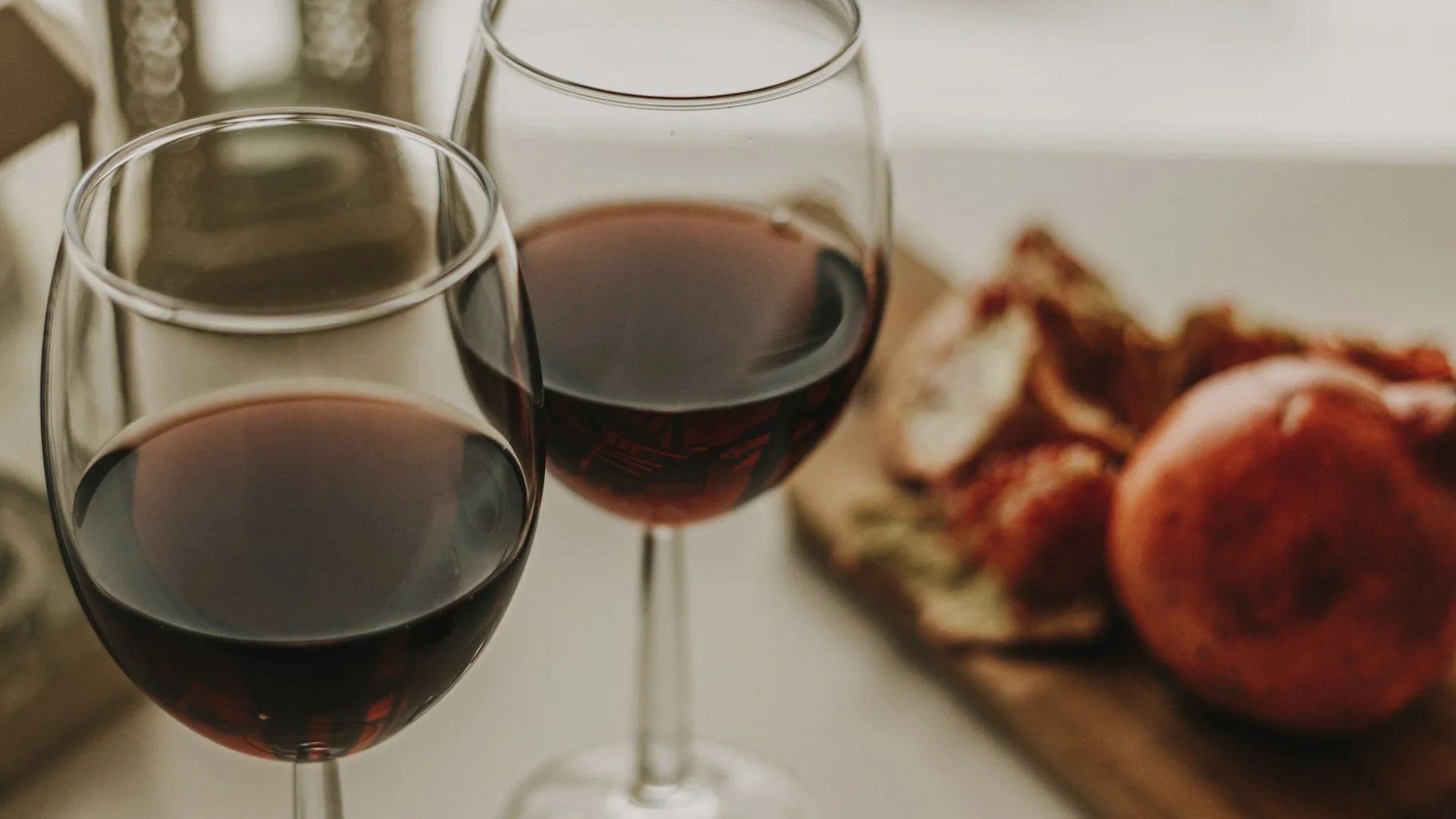

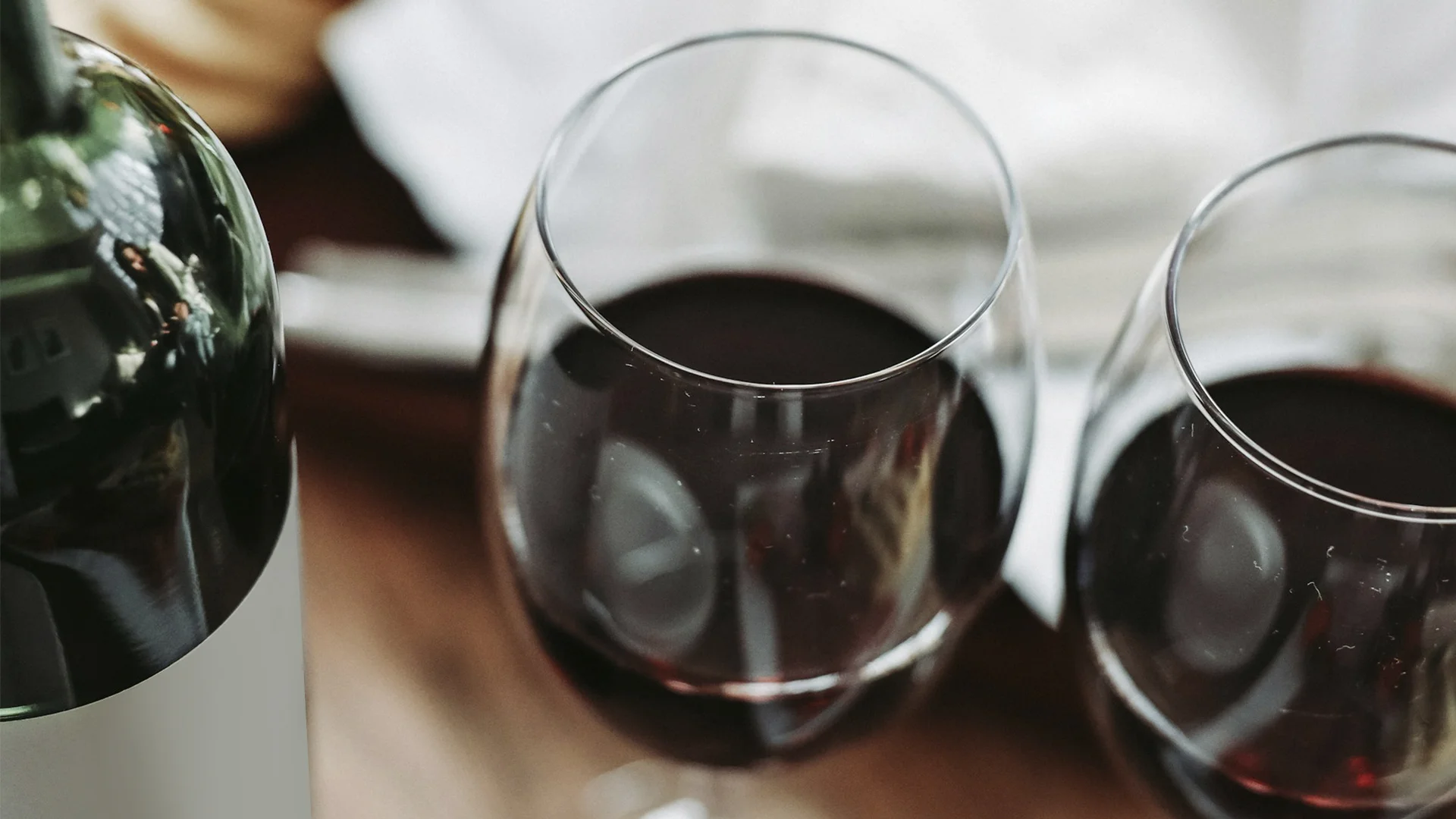
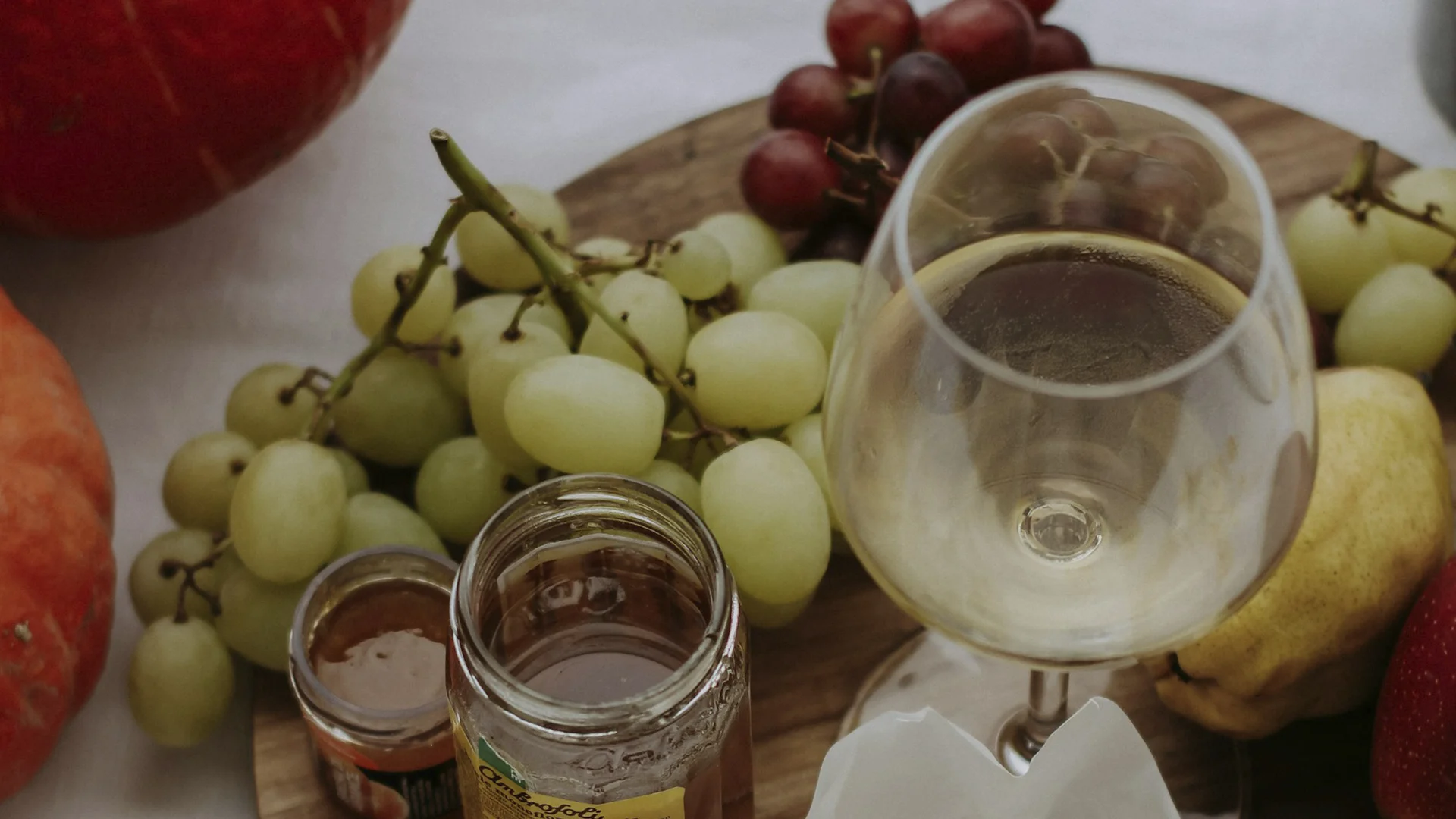
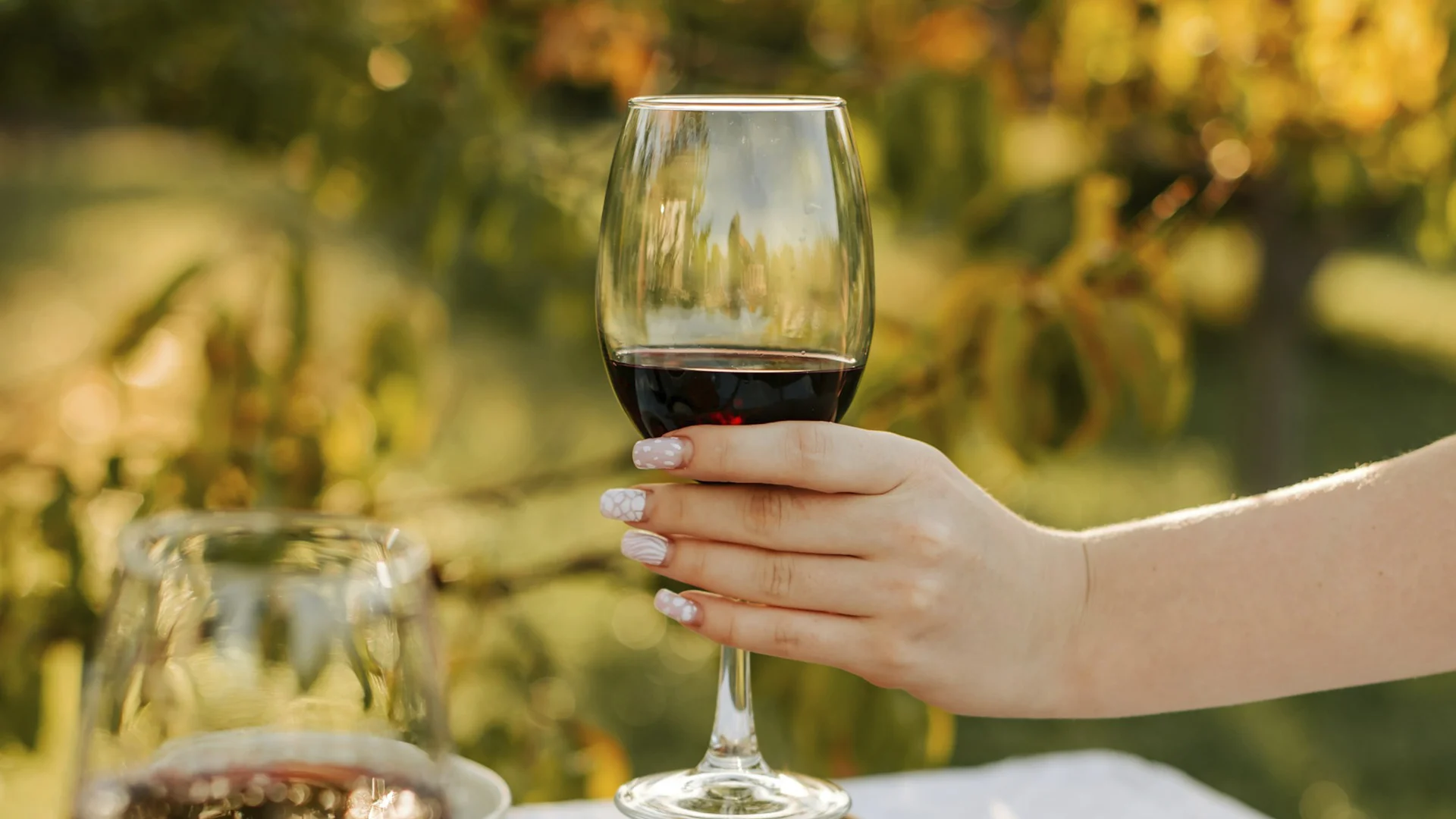

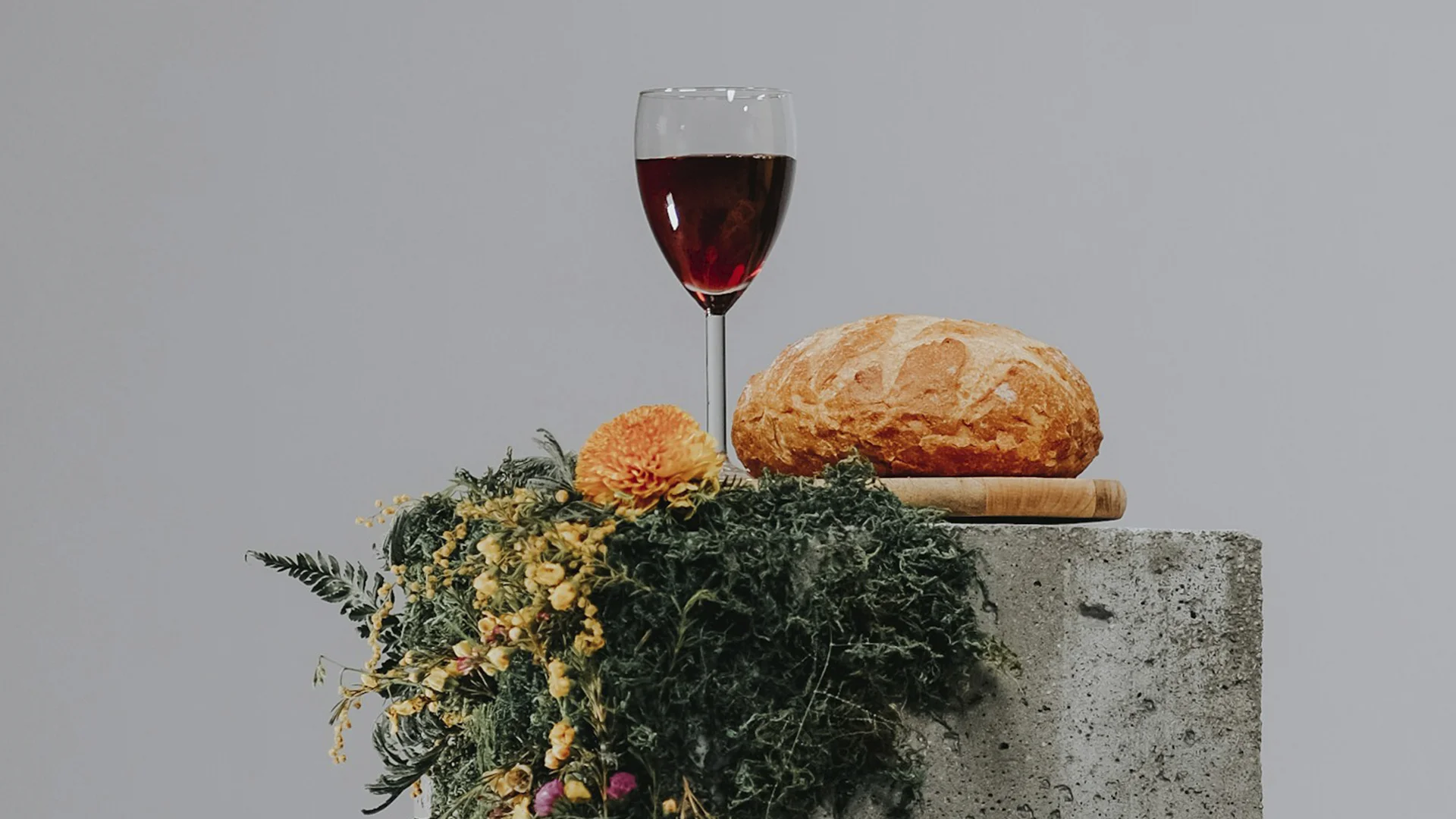


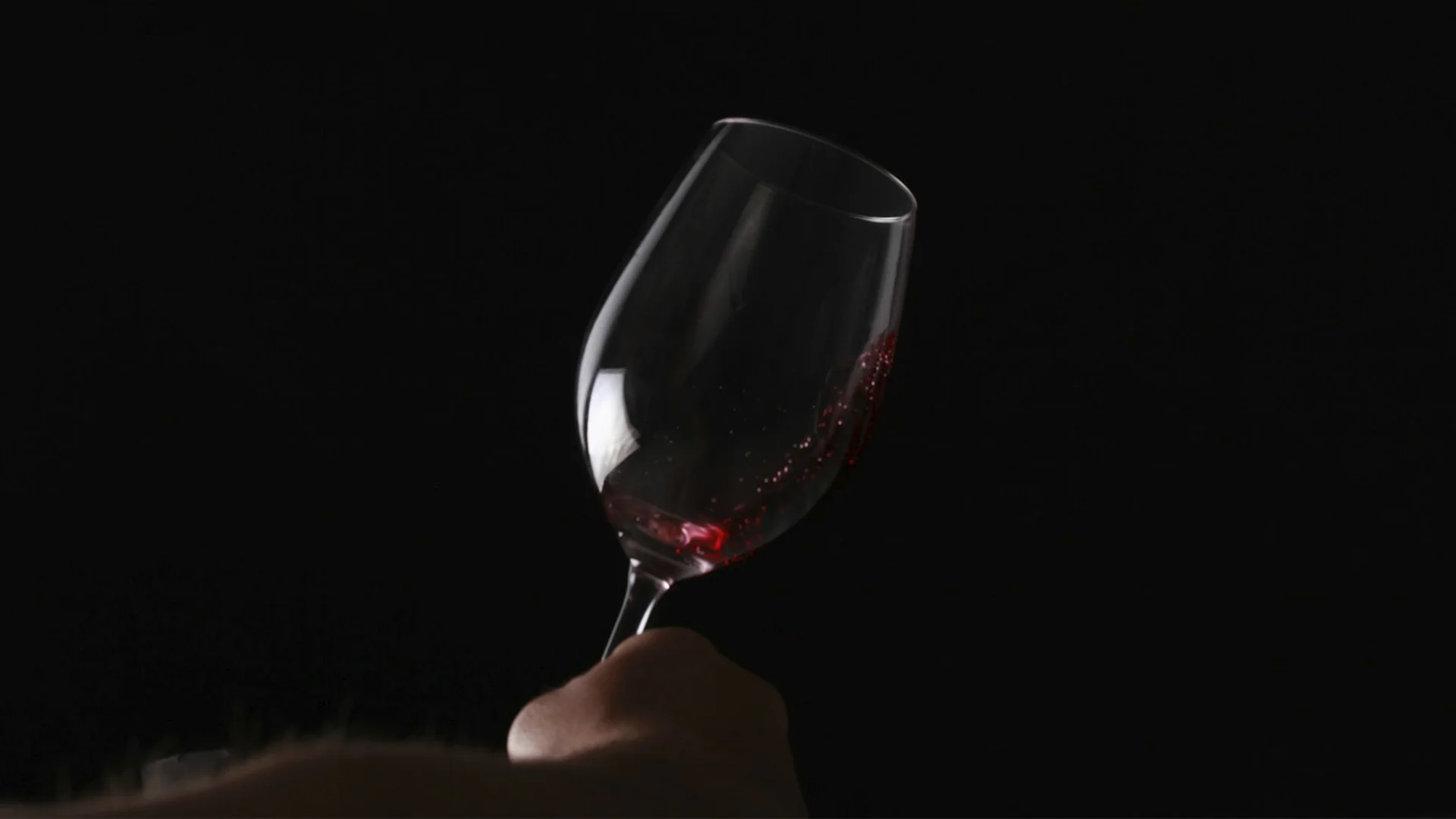
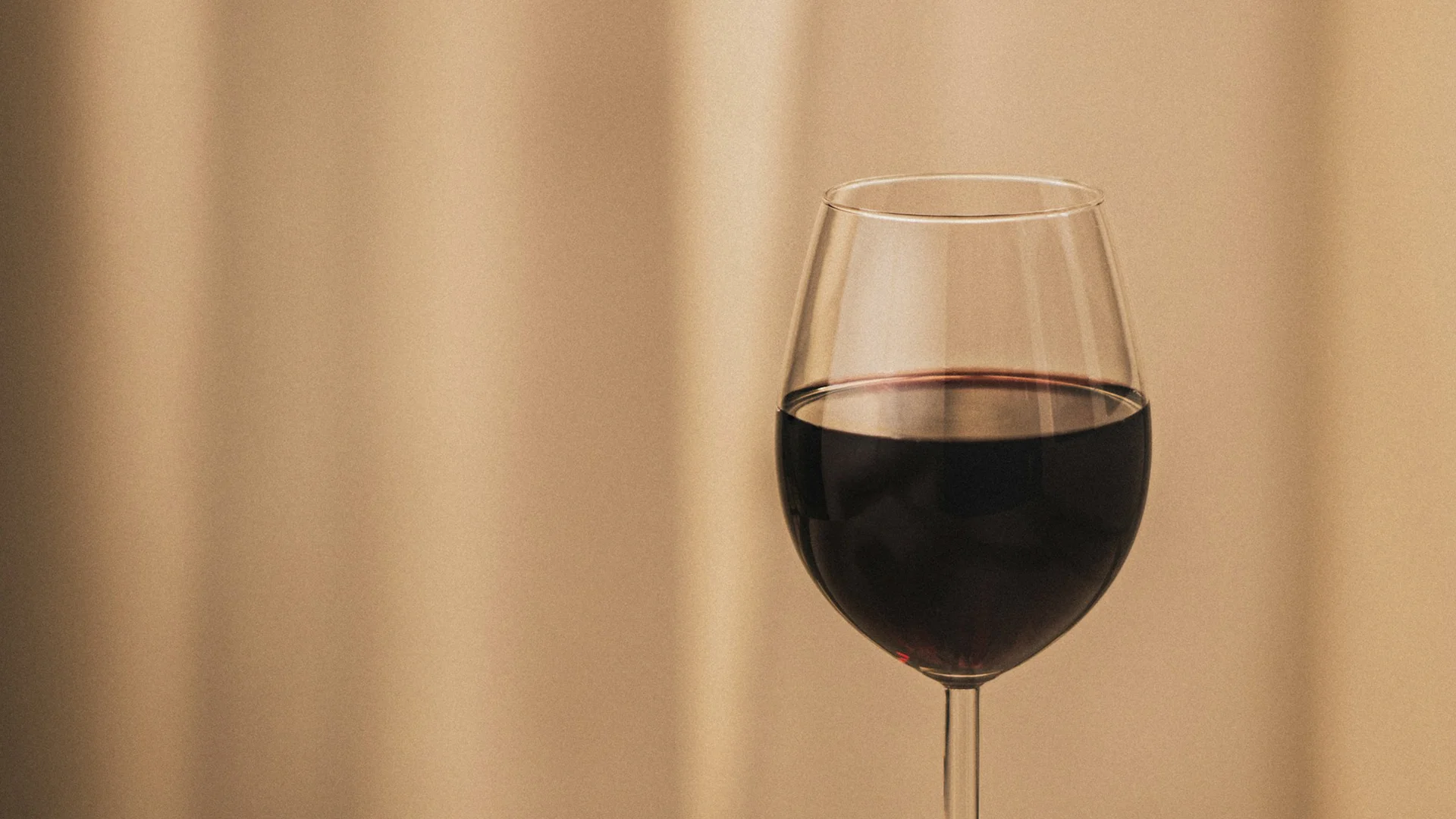
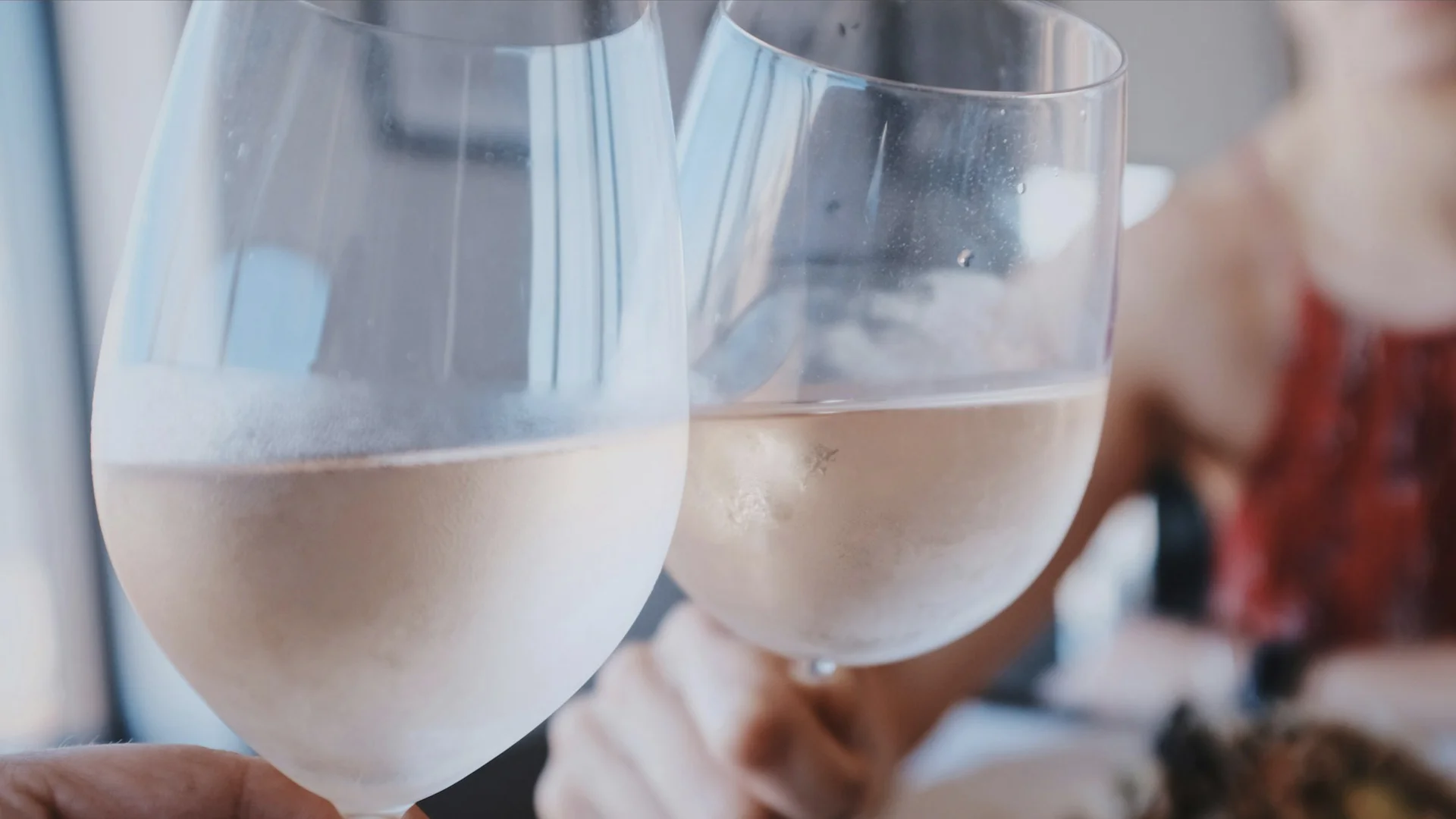

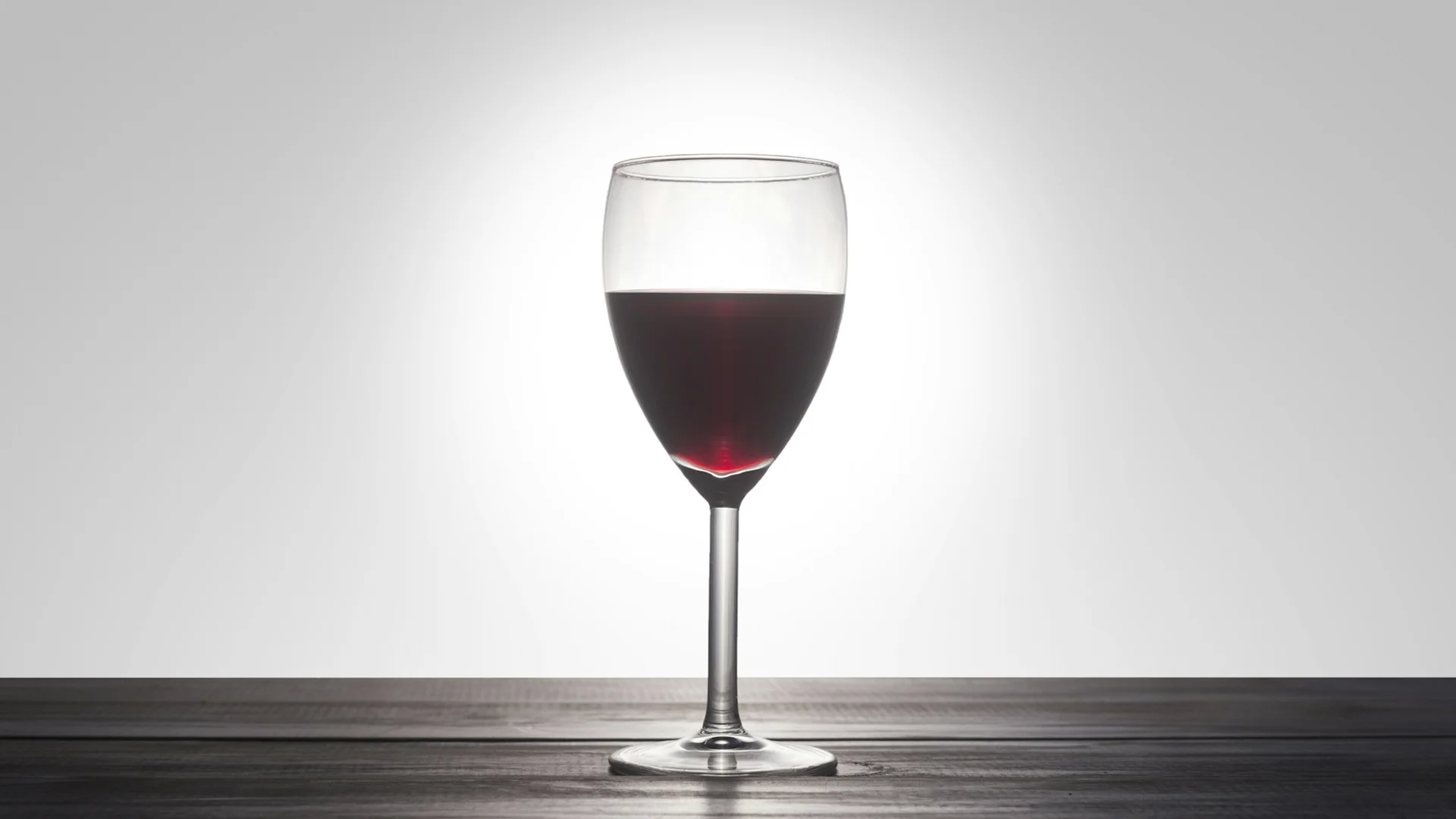

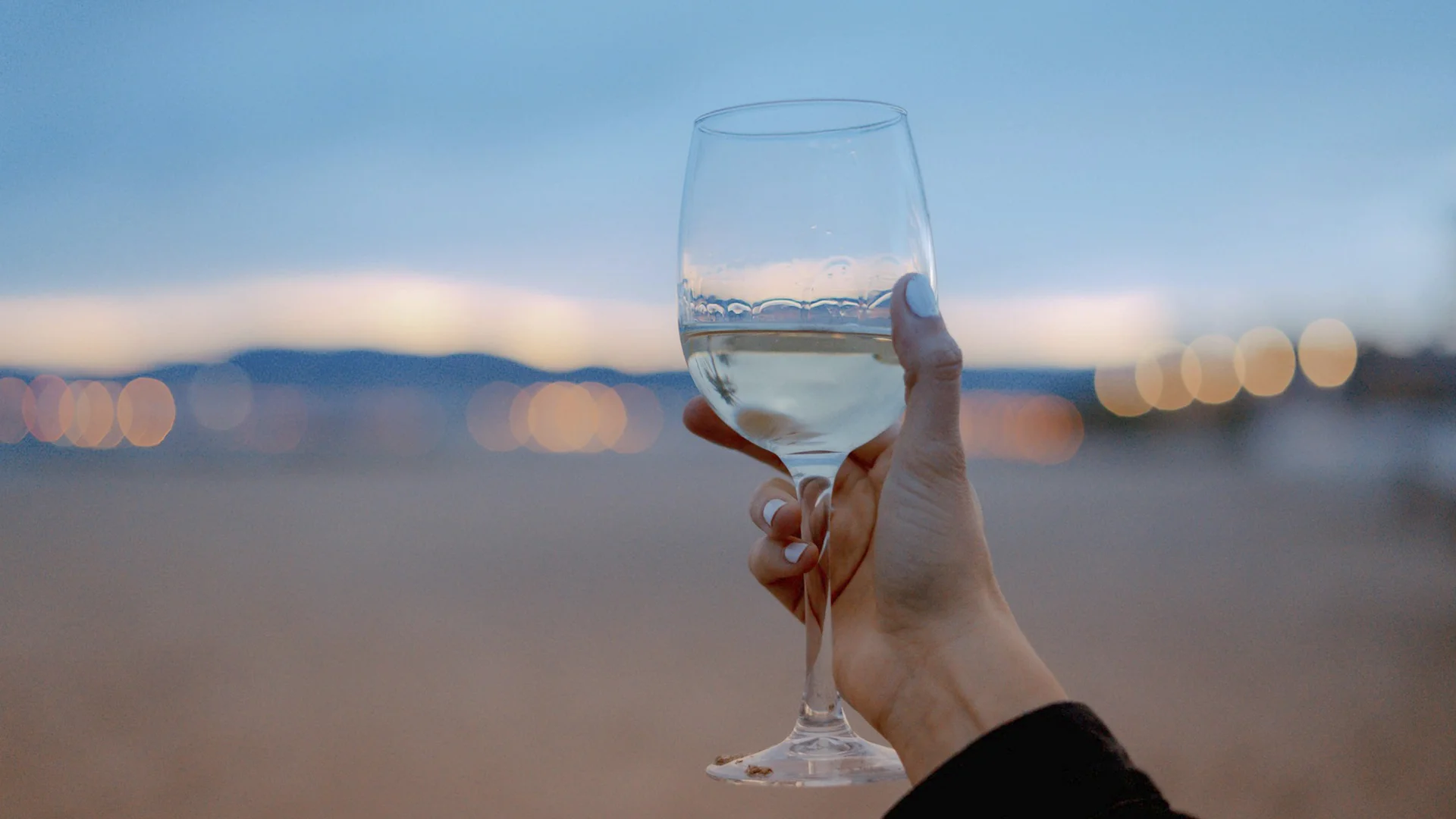
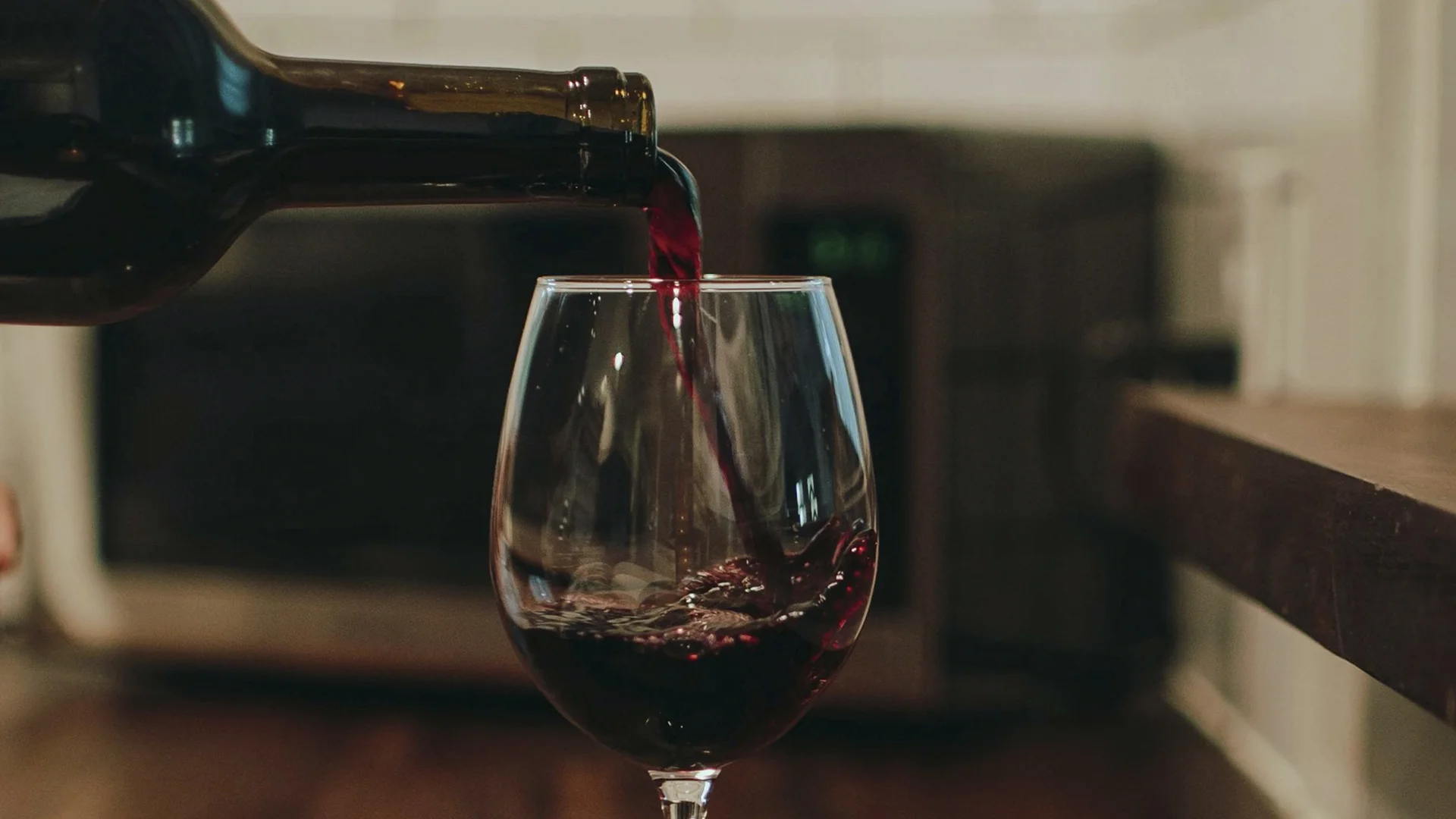
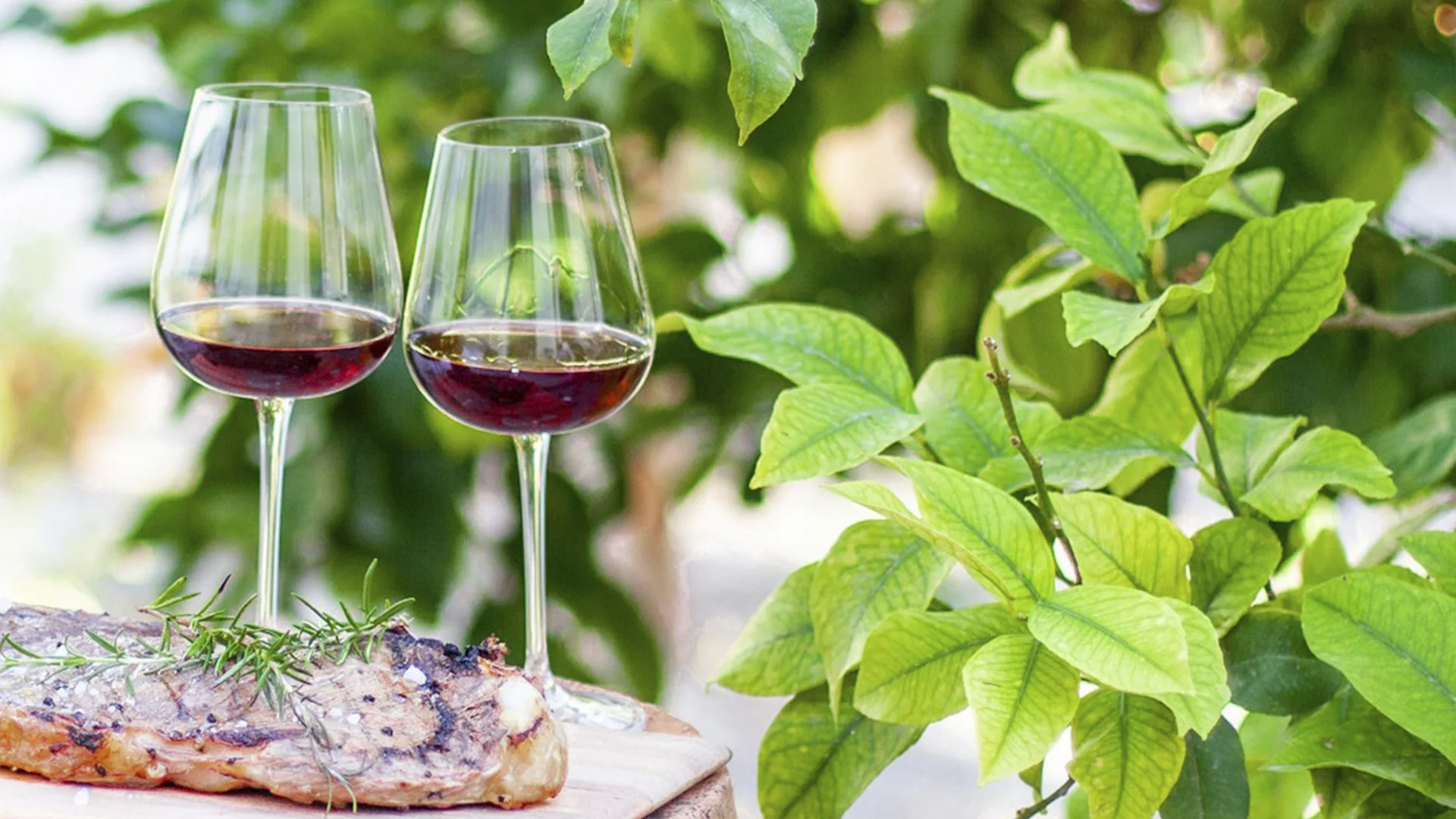
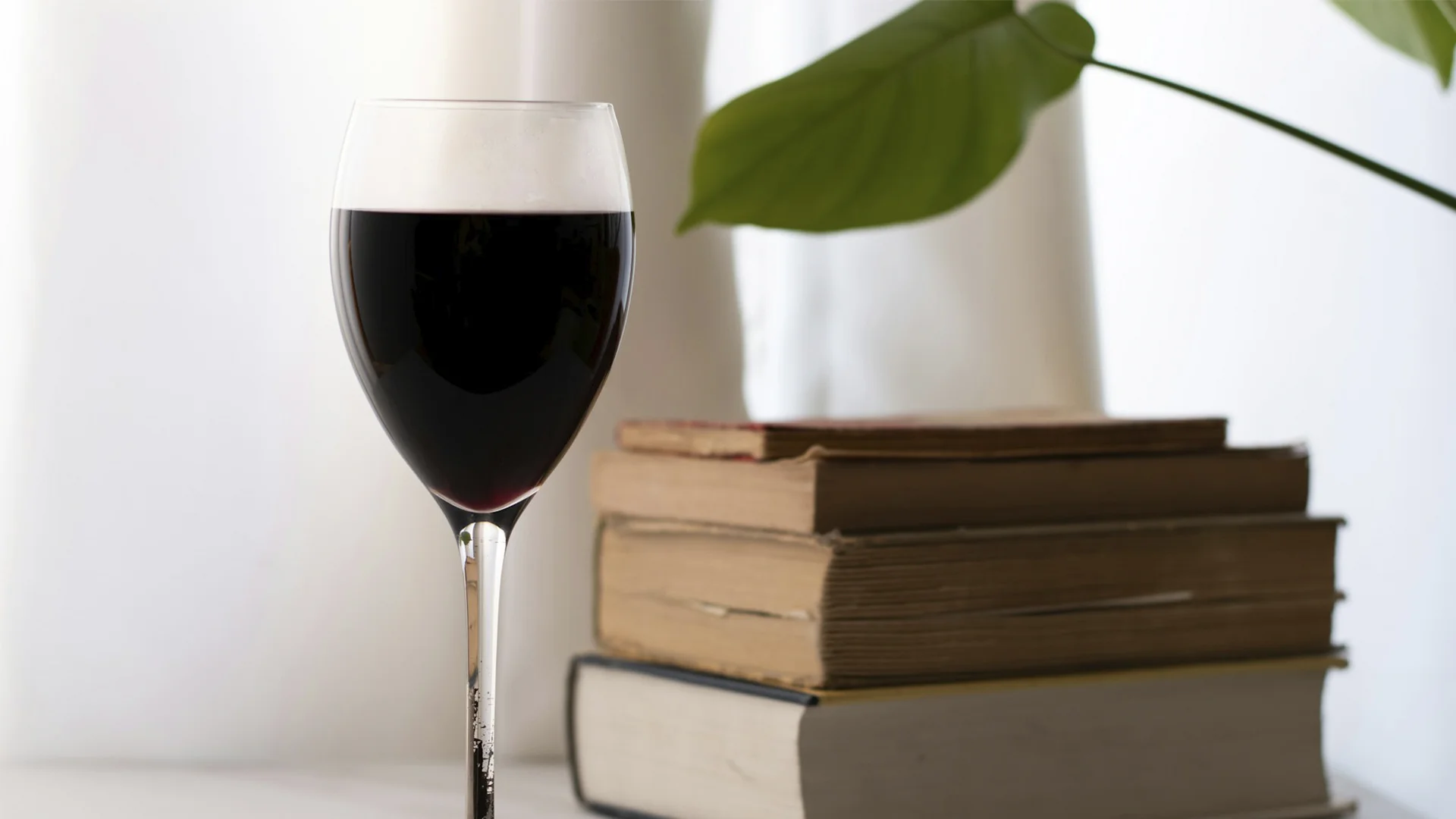
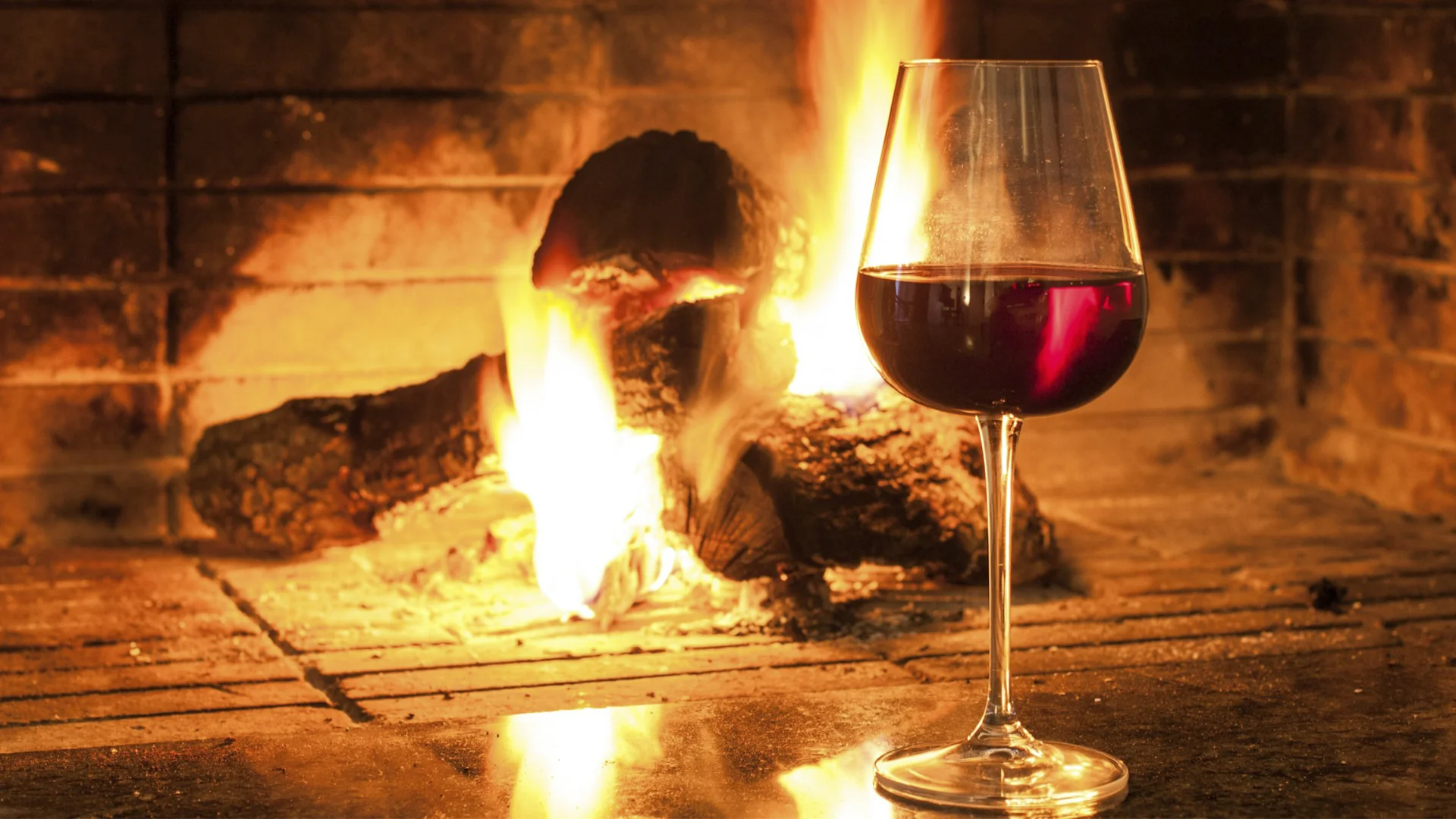
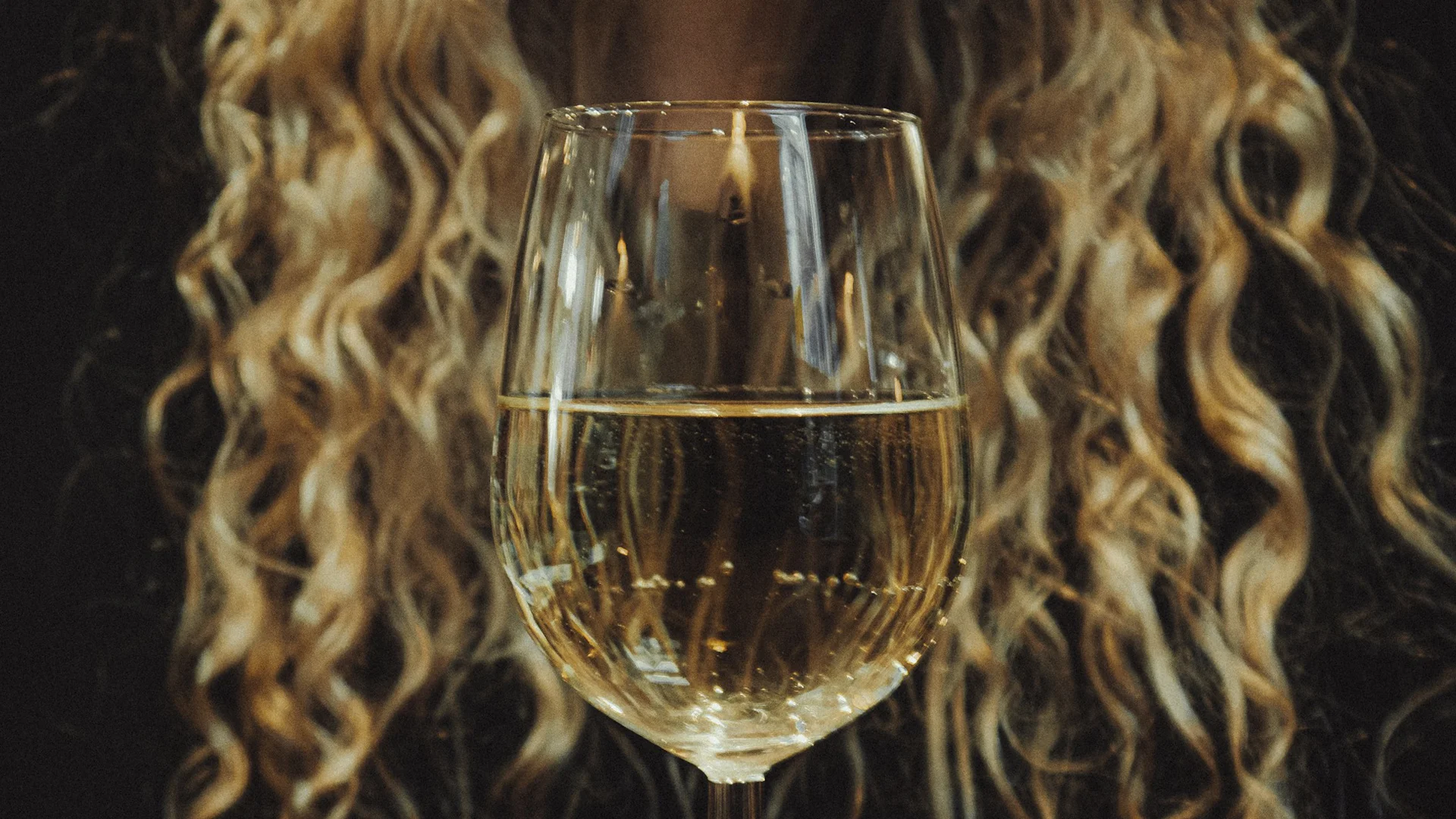
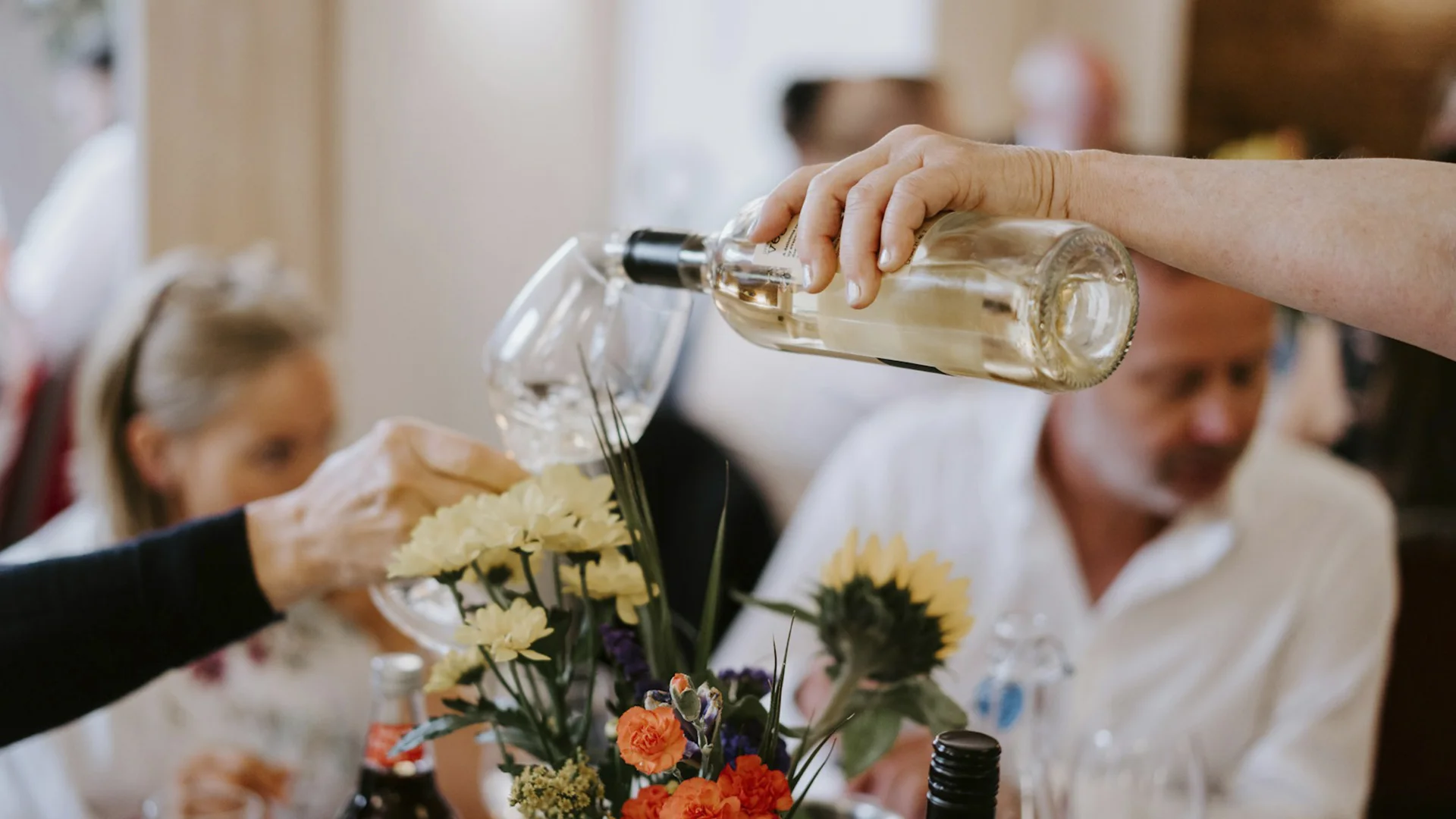
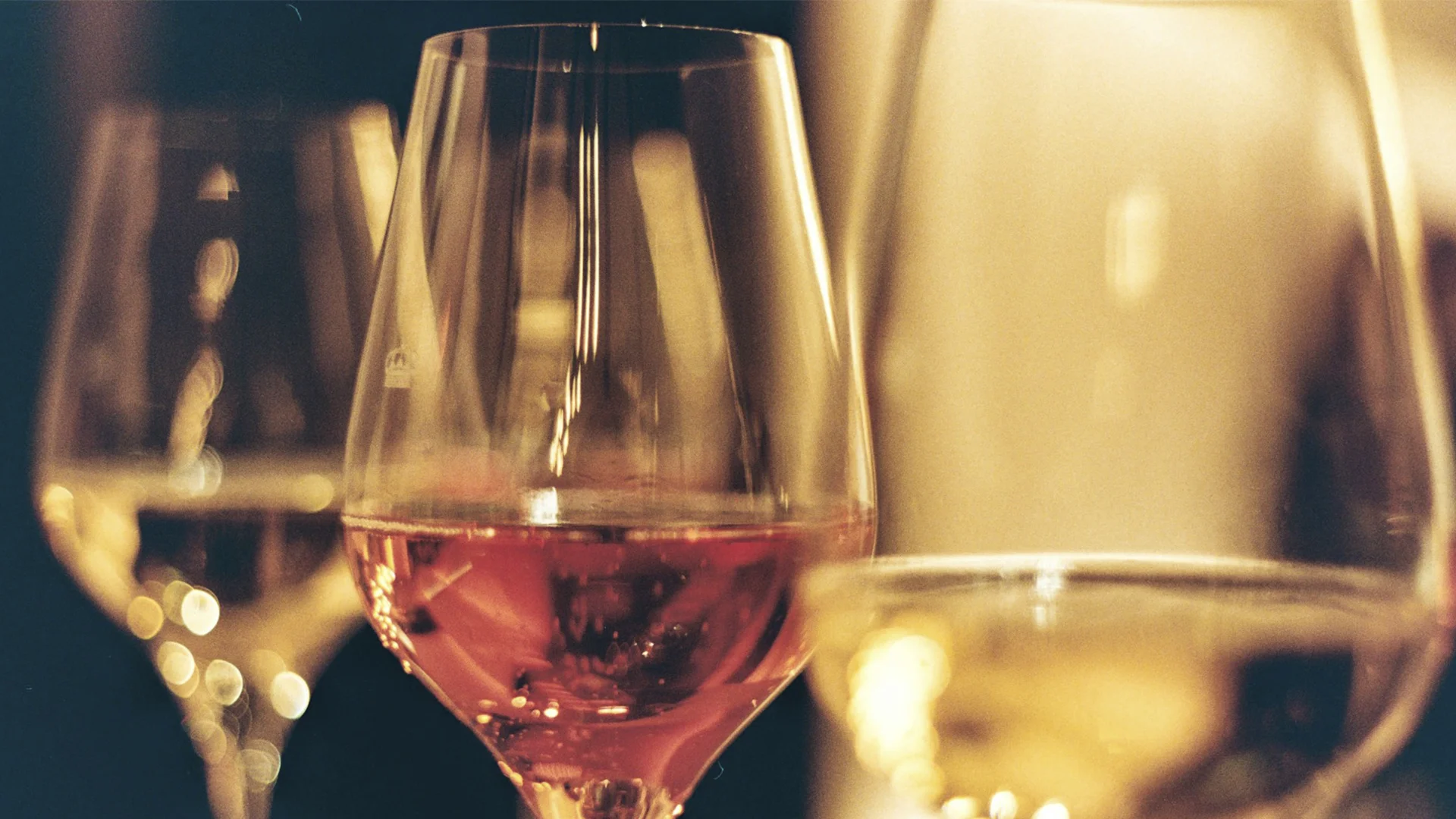
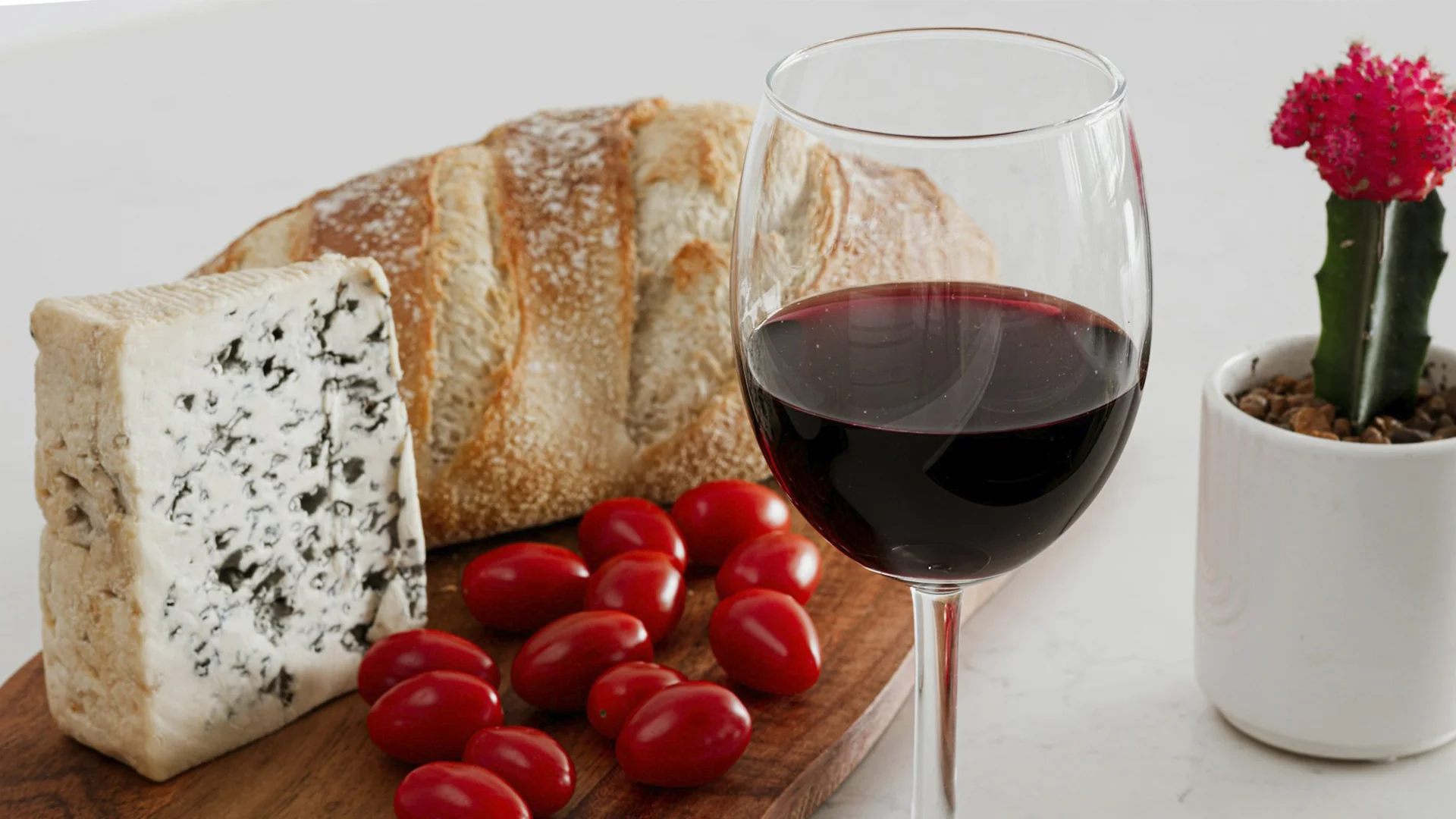
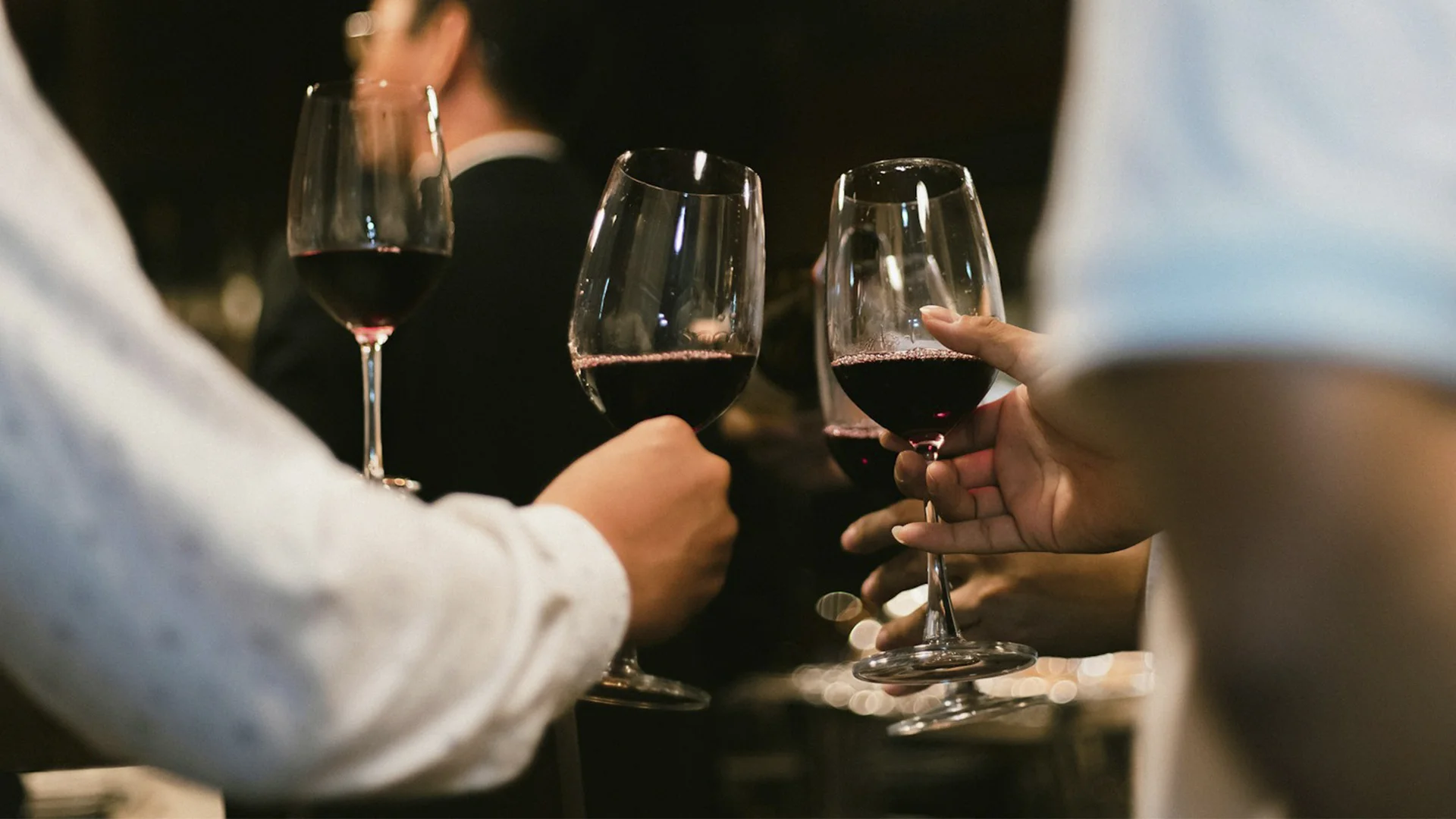

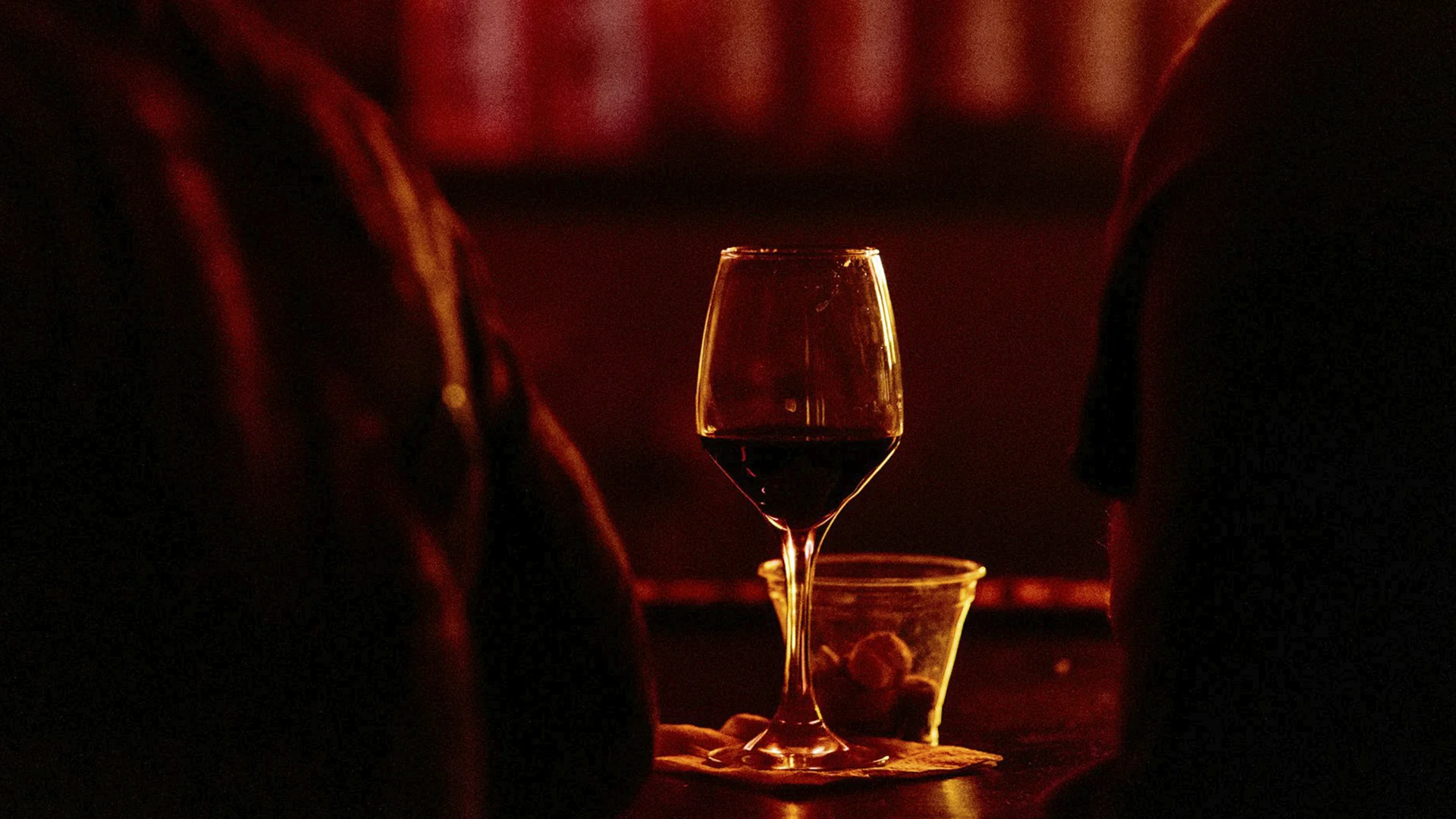
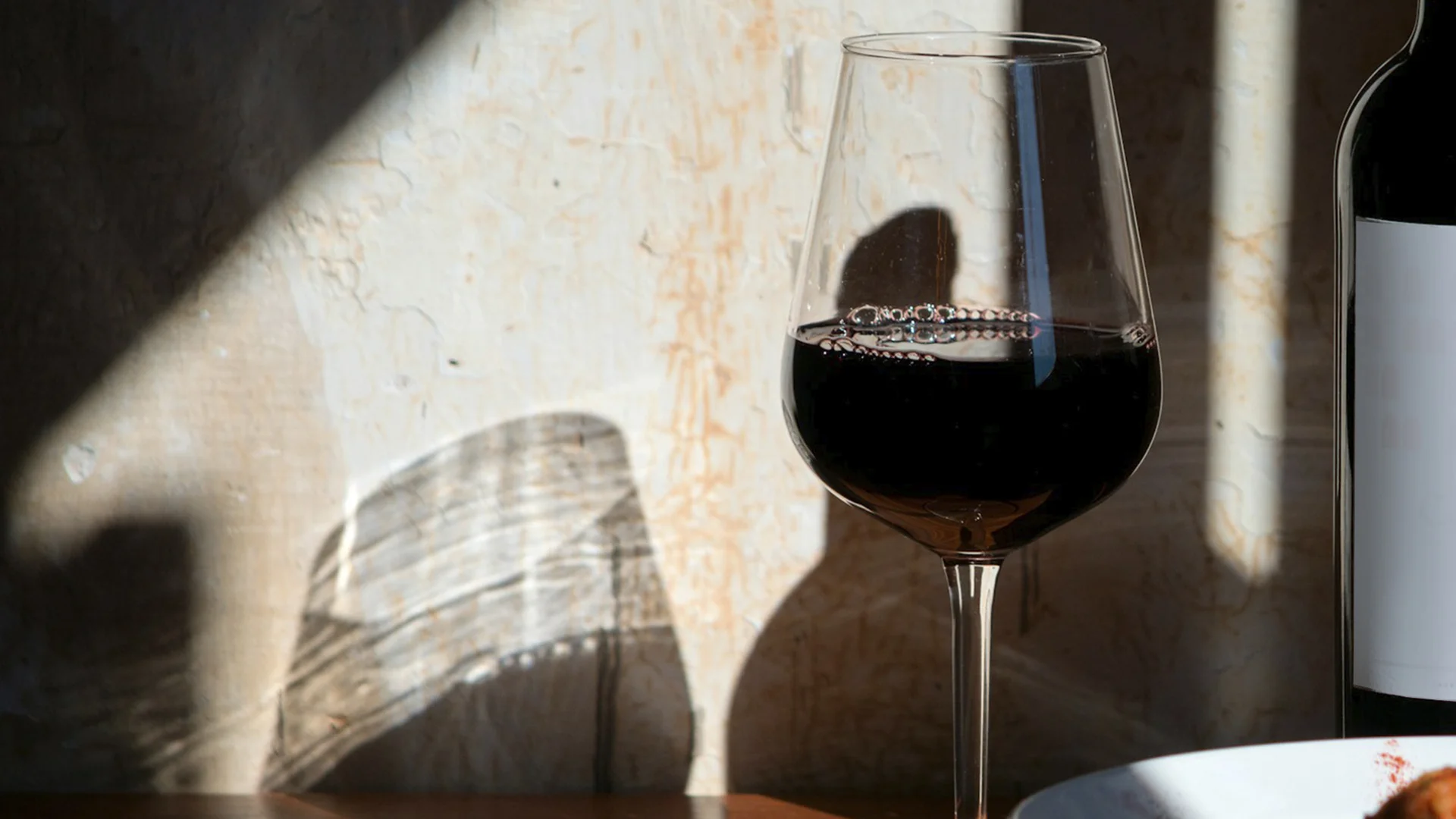
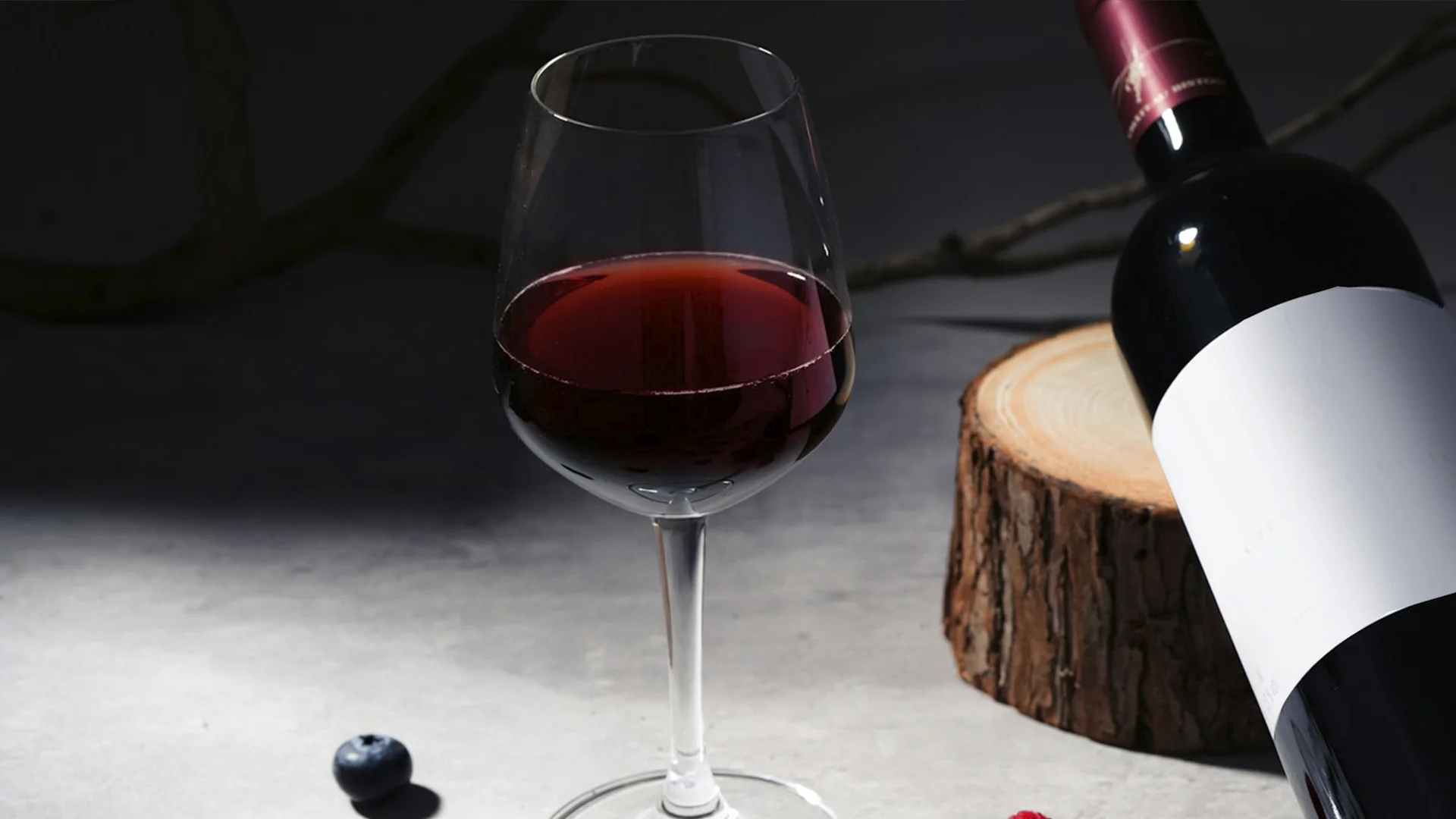
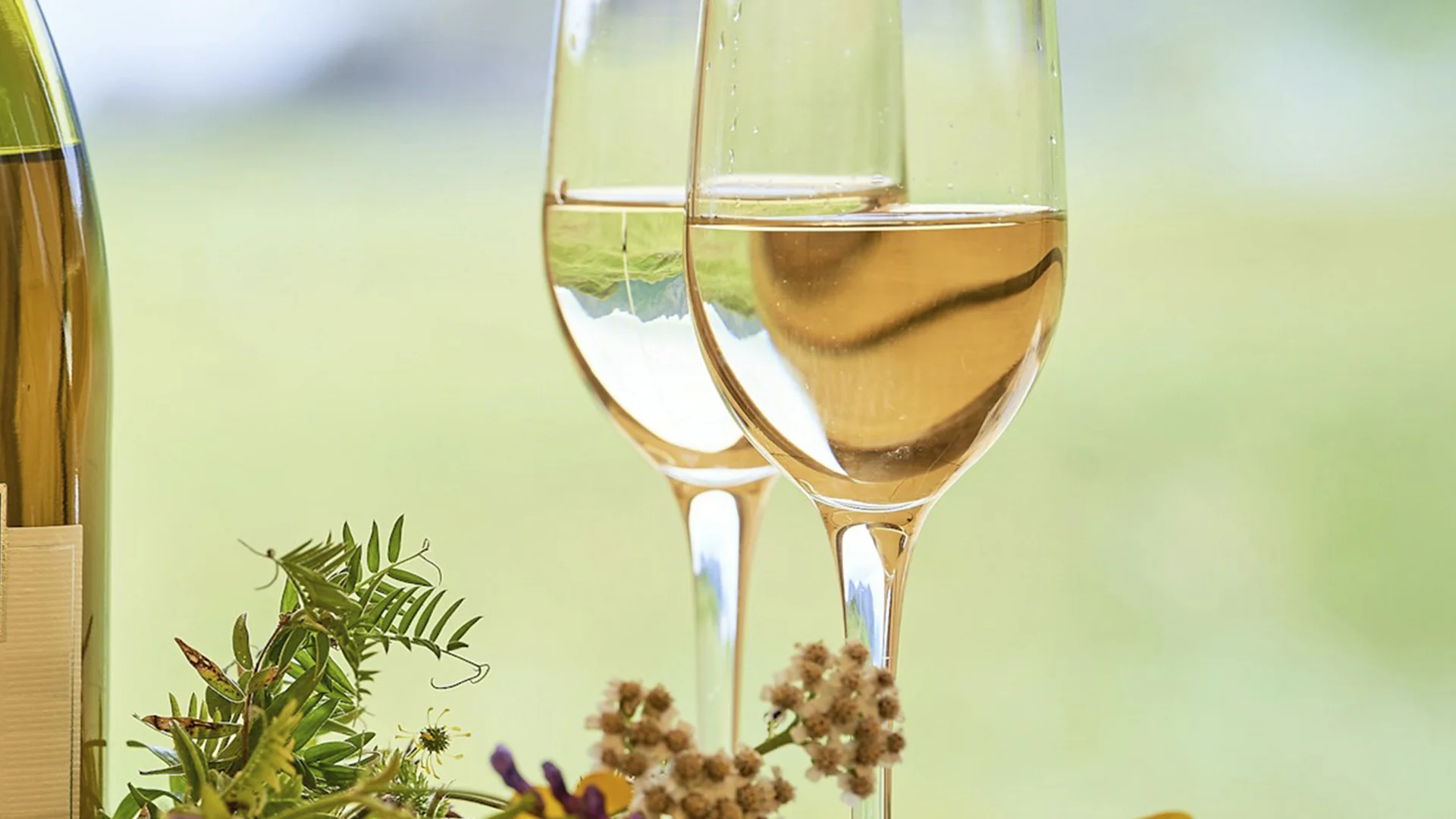
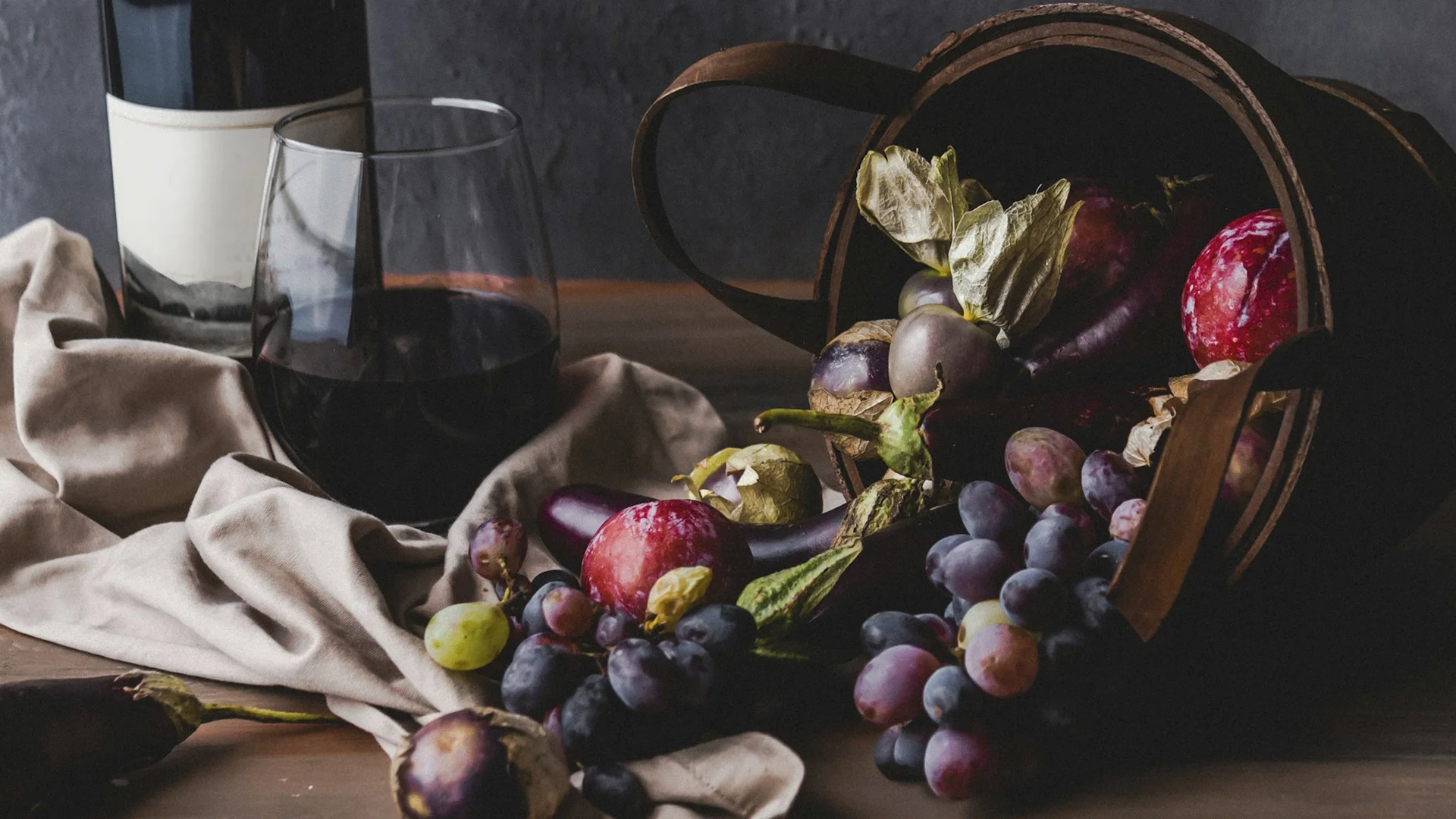
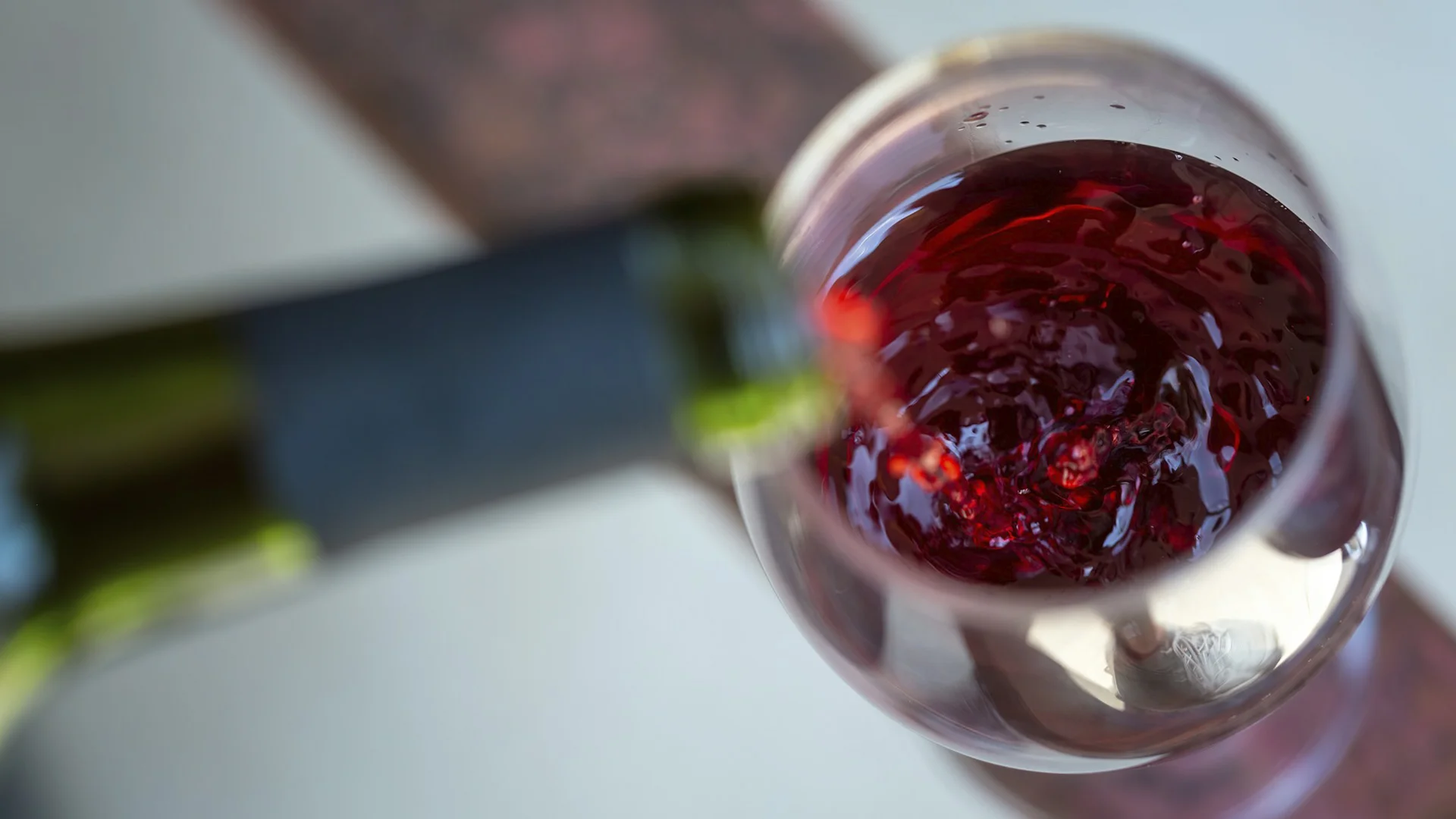
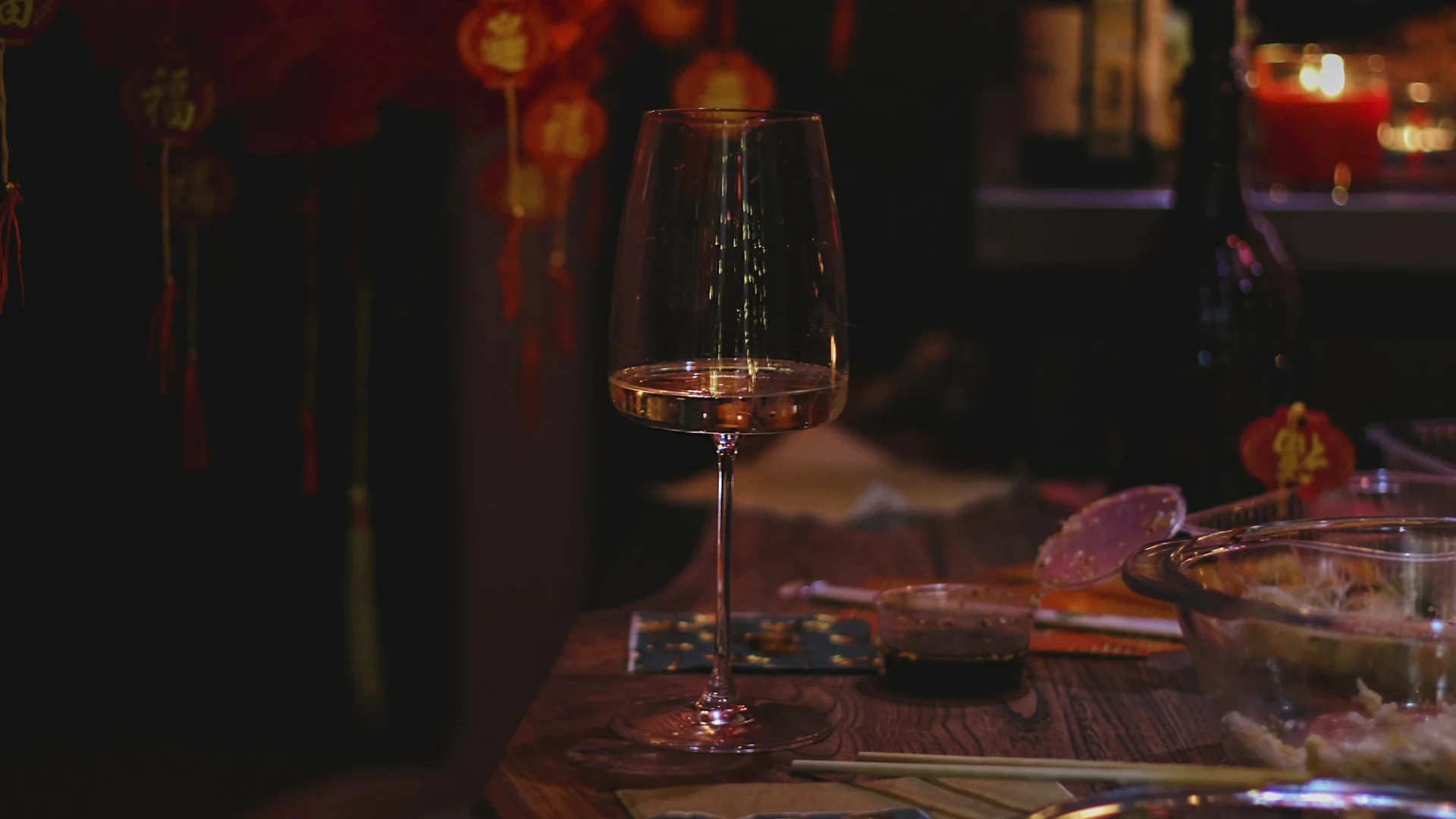
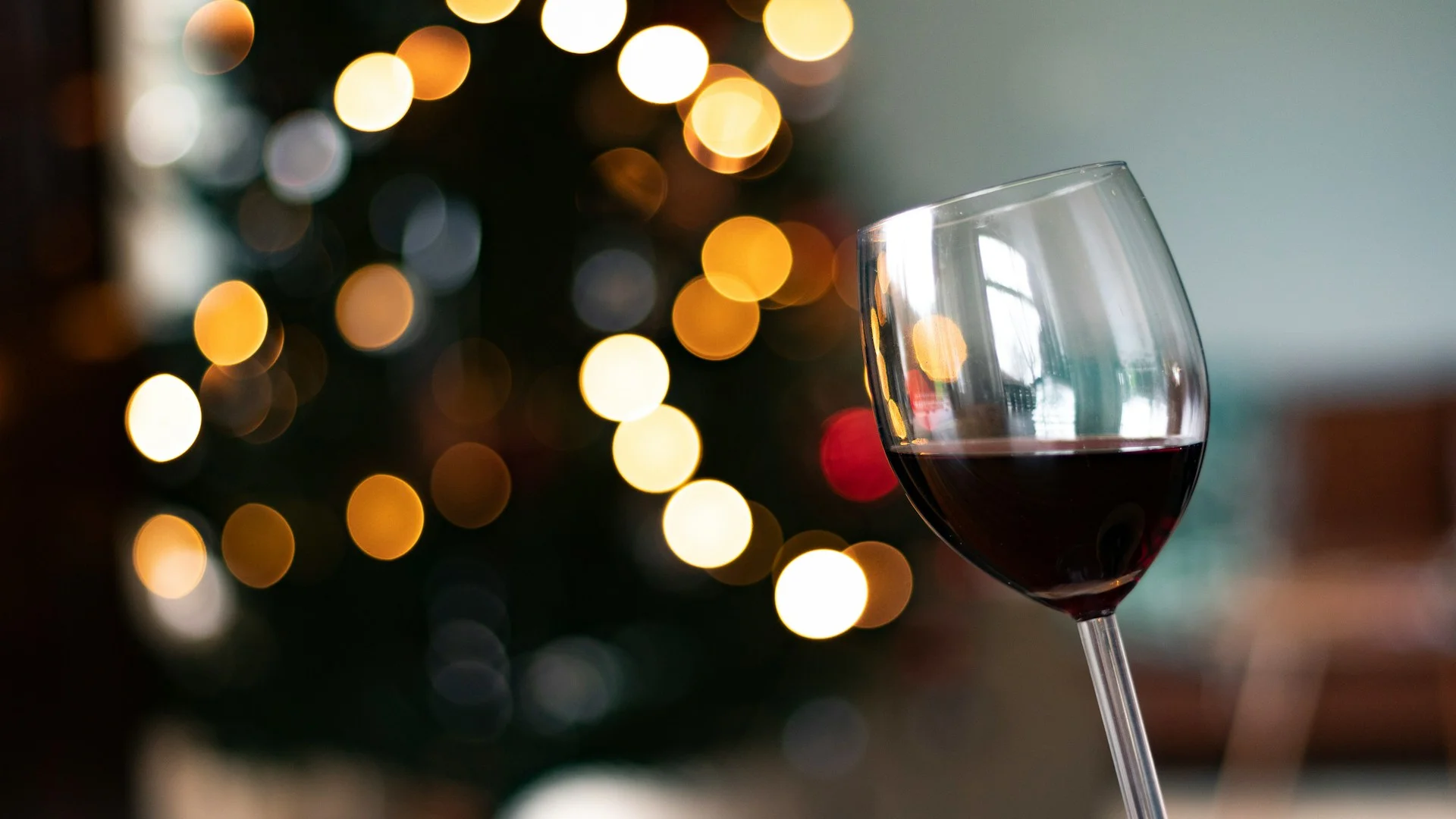
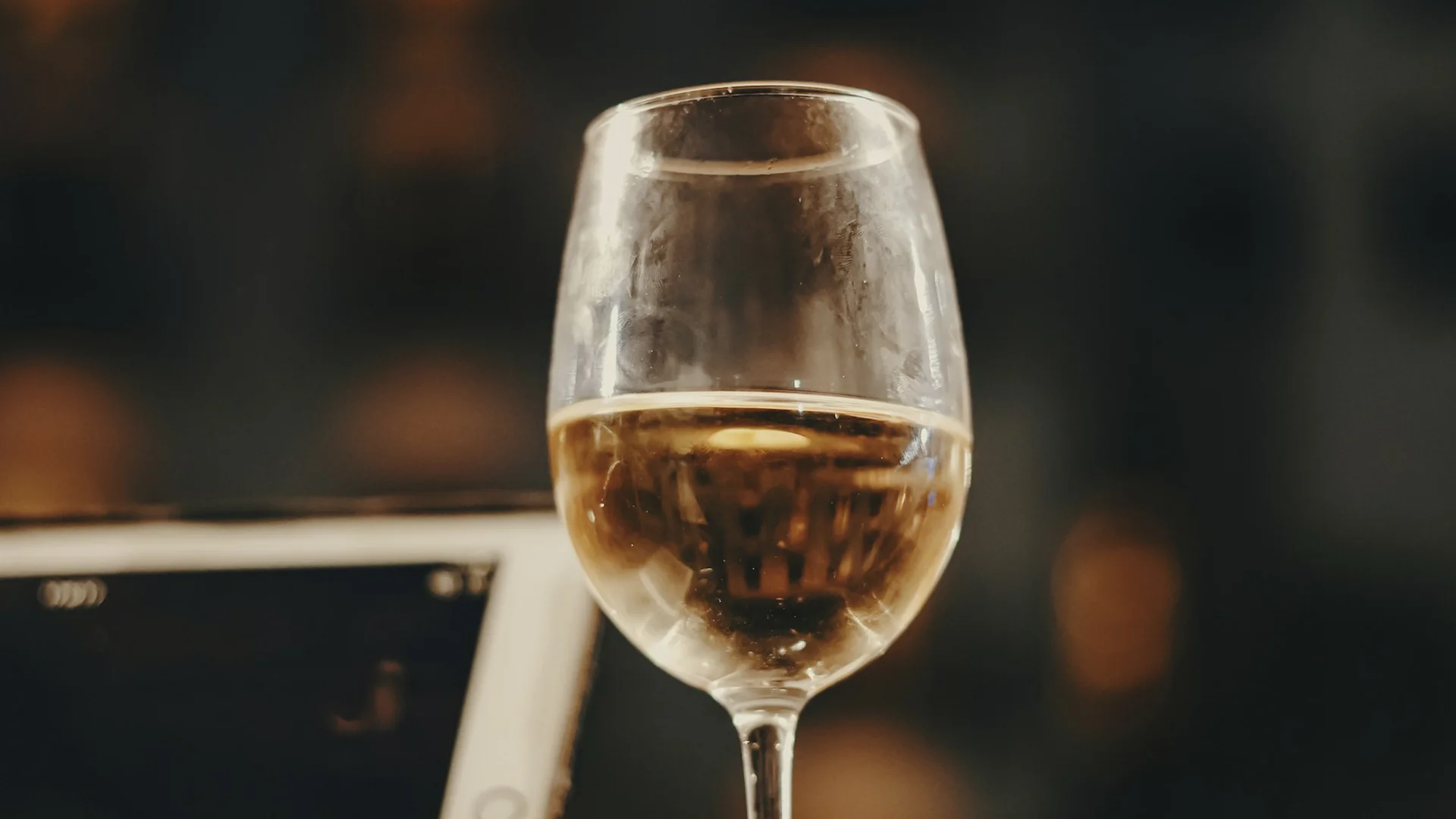




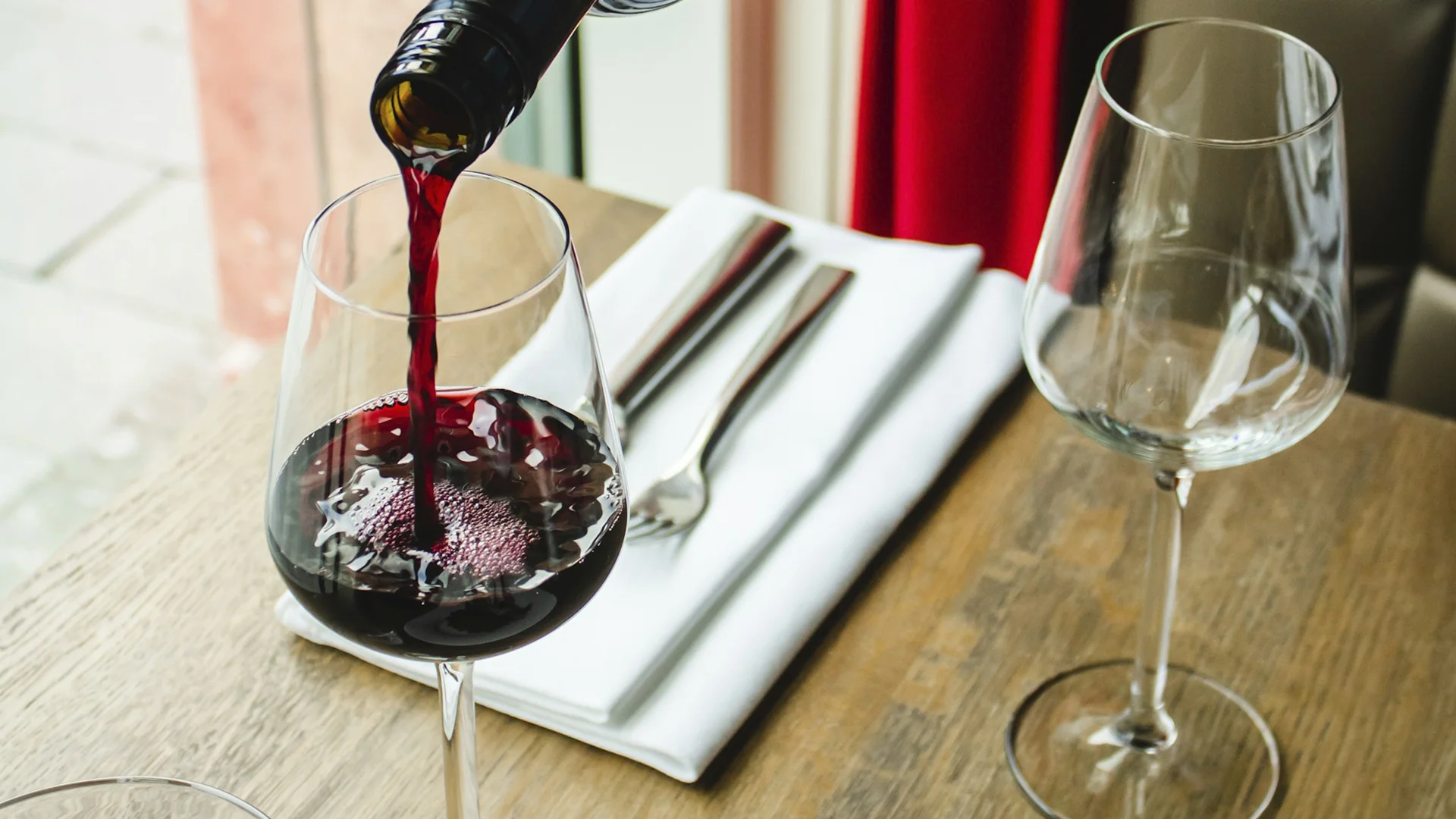












.webp)

.webp)
.webp)
.webp)



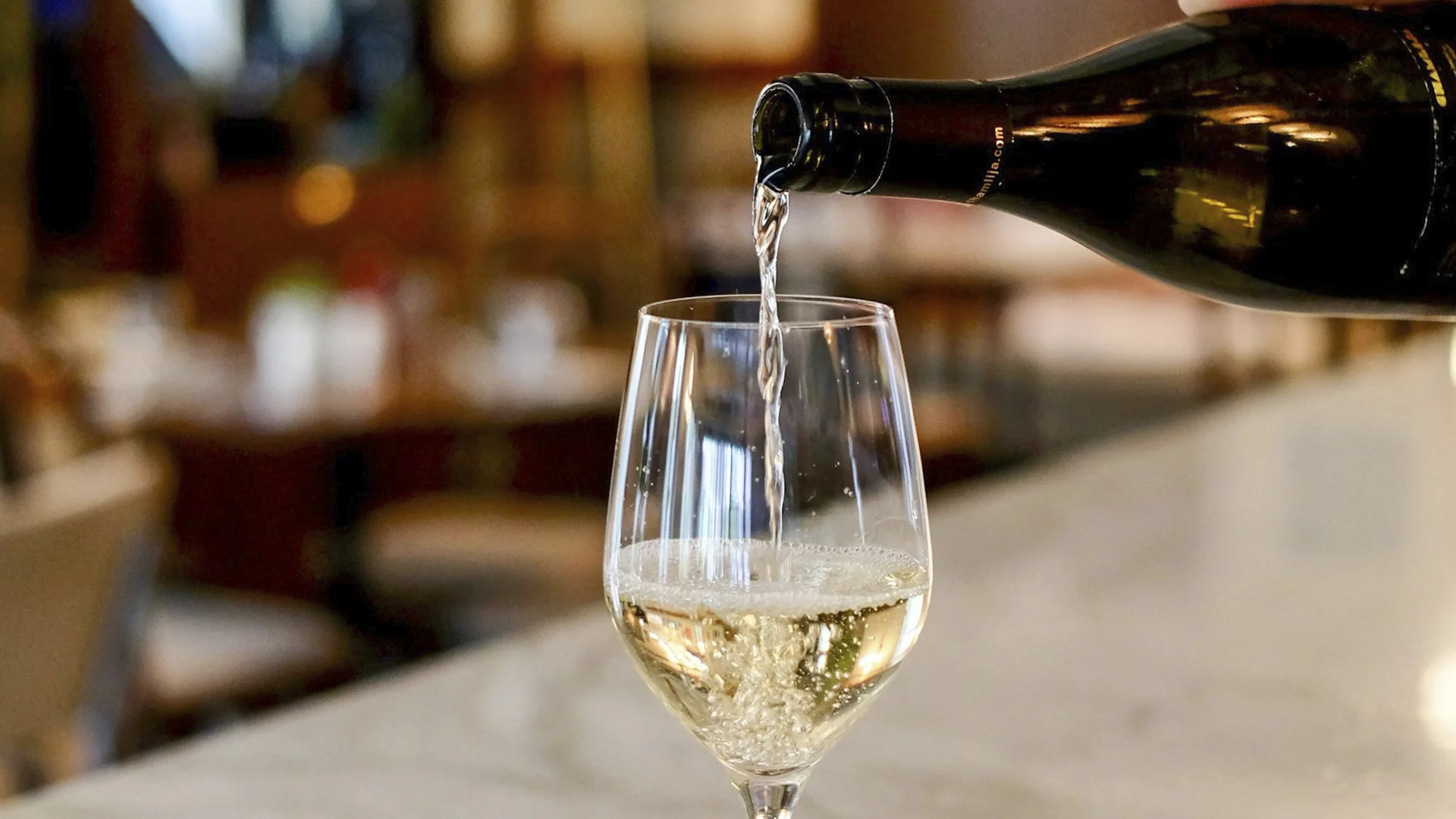


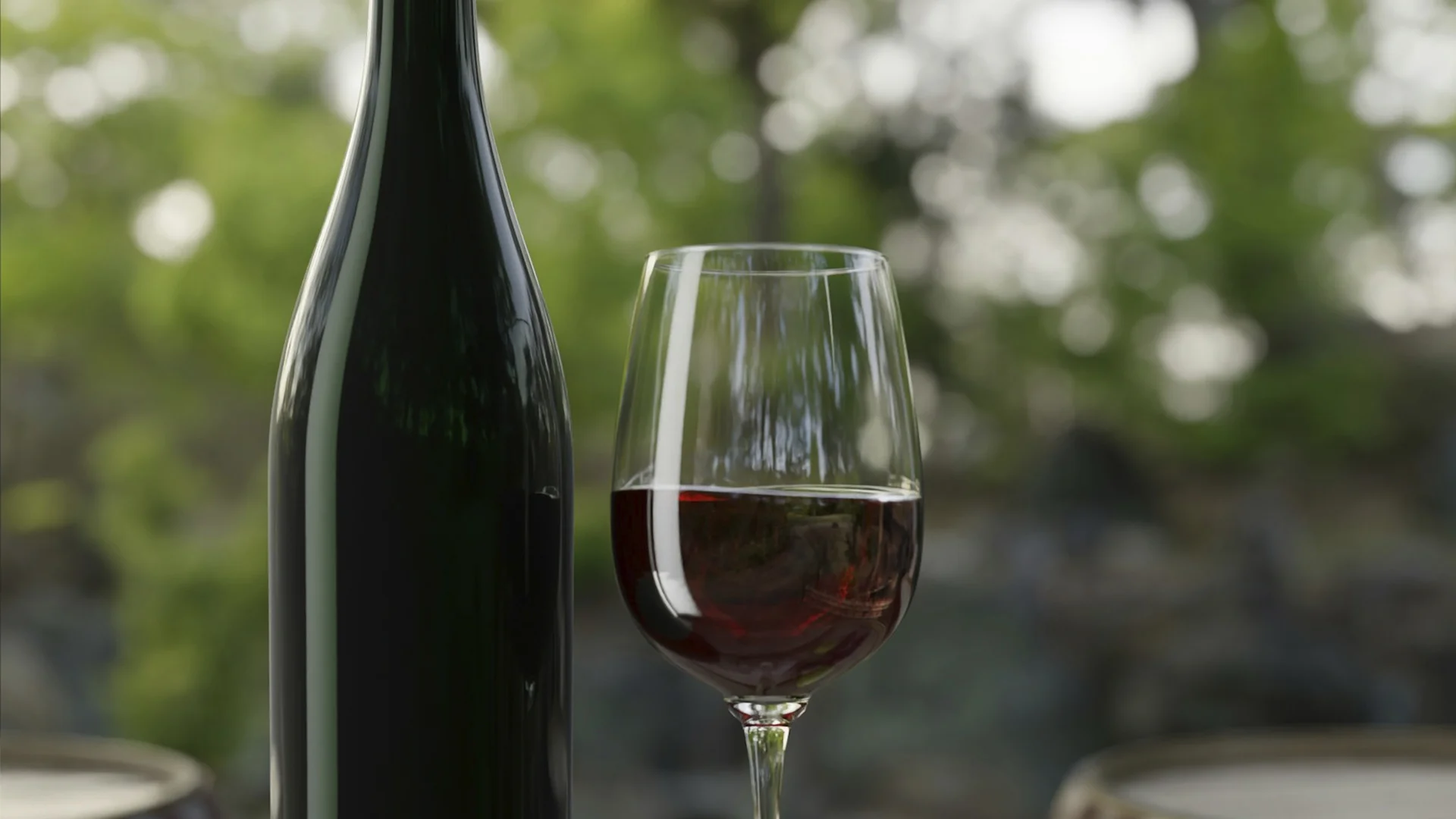



















.webp)













Are you interested in
collaborating with us?